From Rio de Janeiro to Buenos Aires
Argitaratu: 15.04.2019
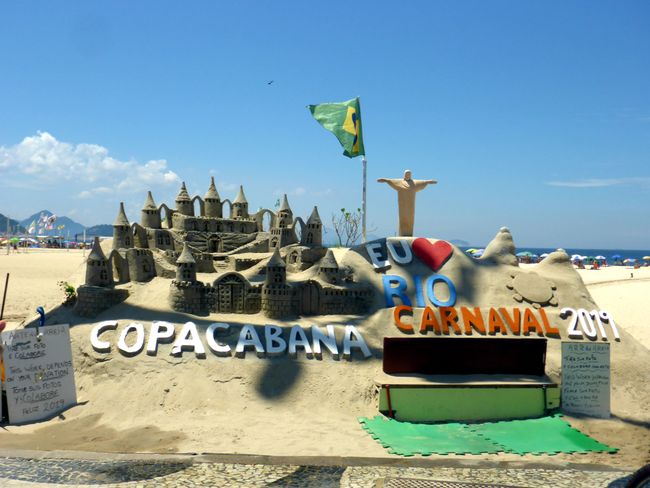
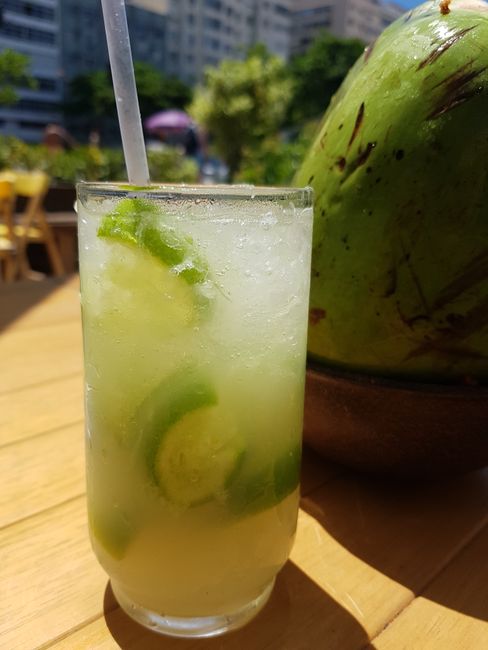
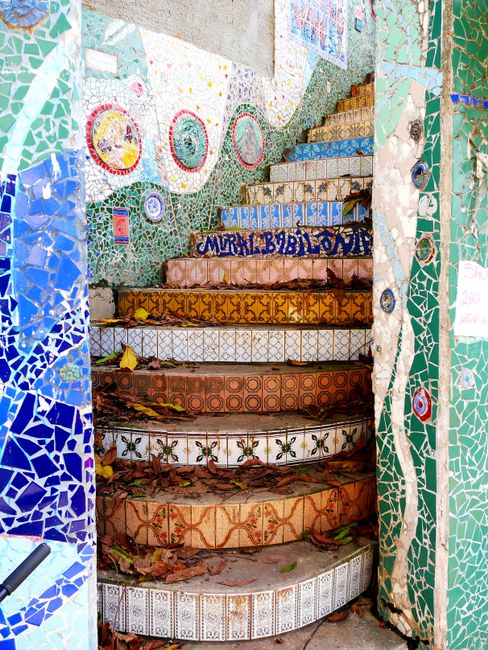
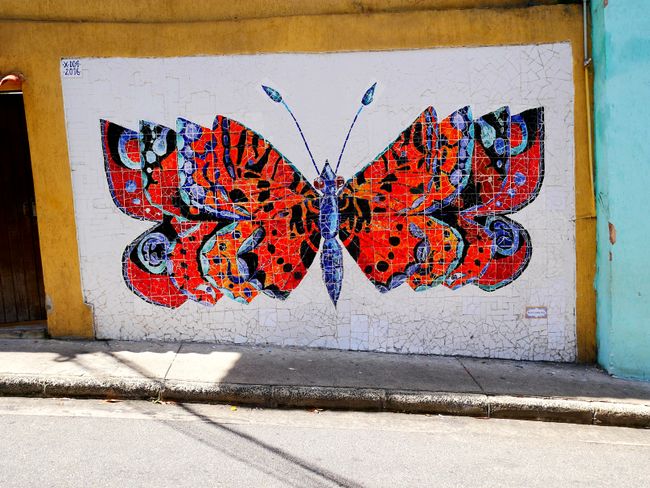
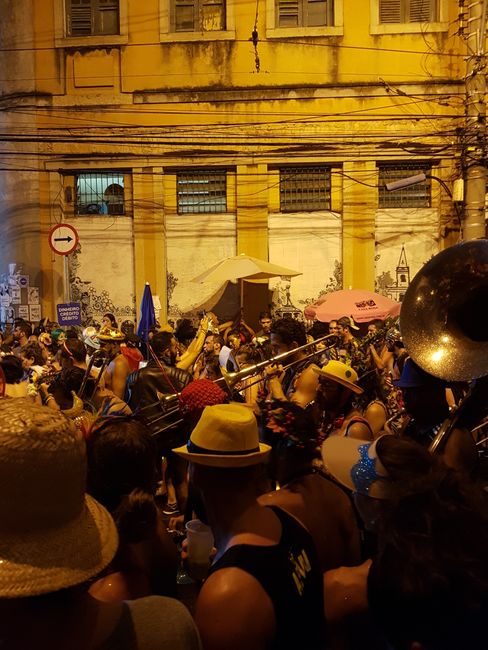
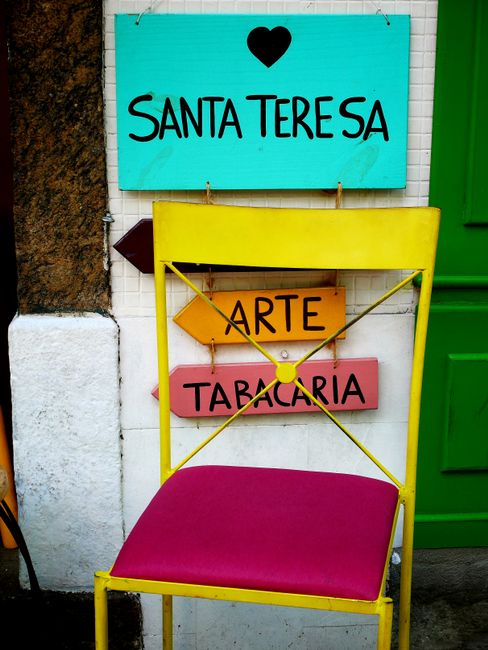
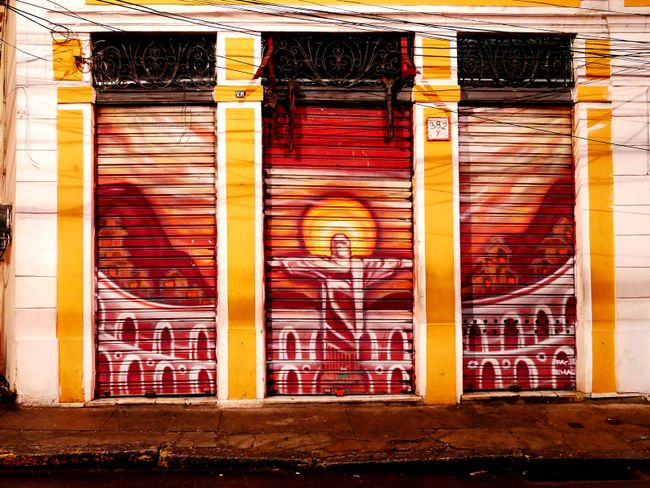
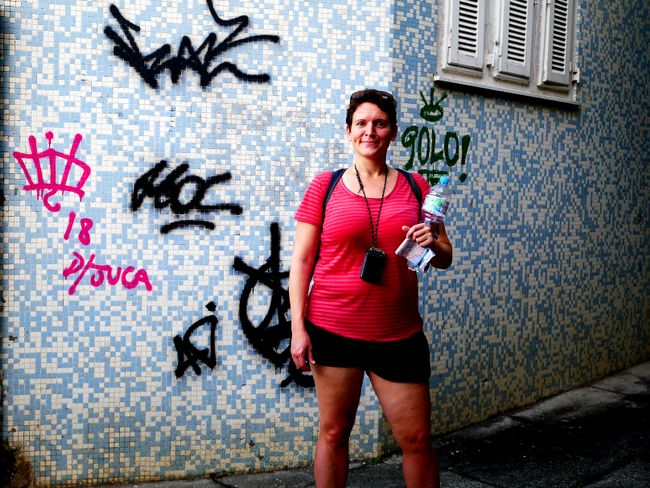
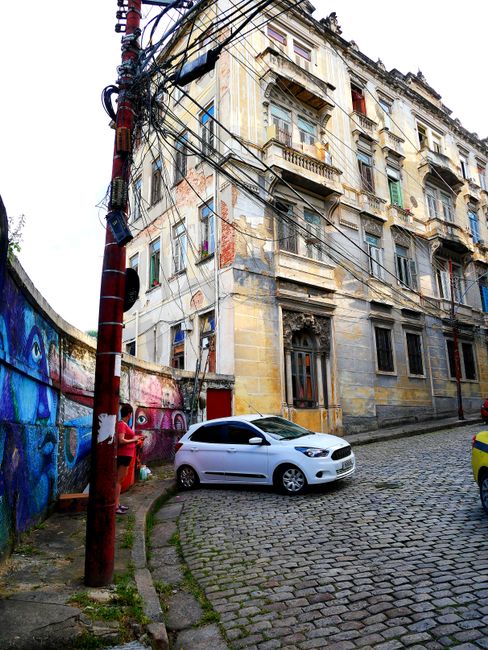
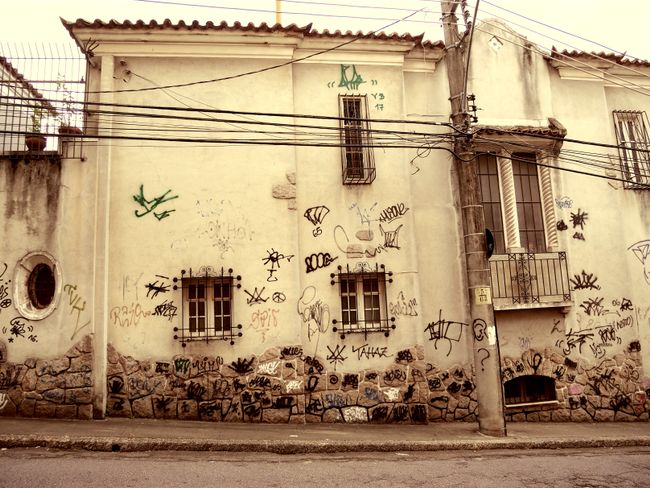
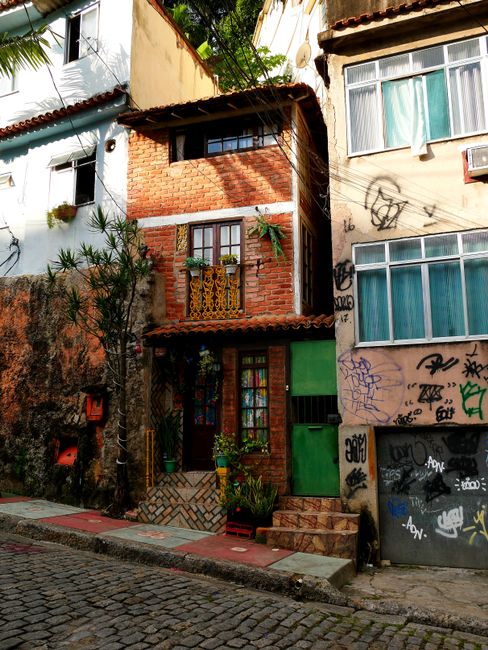

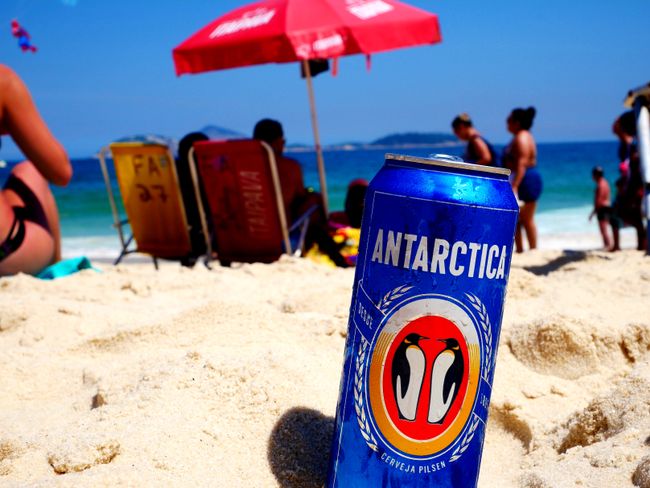
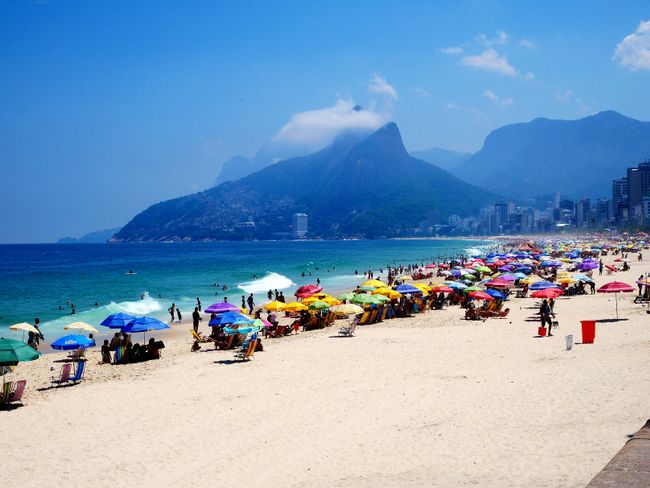
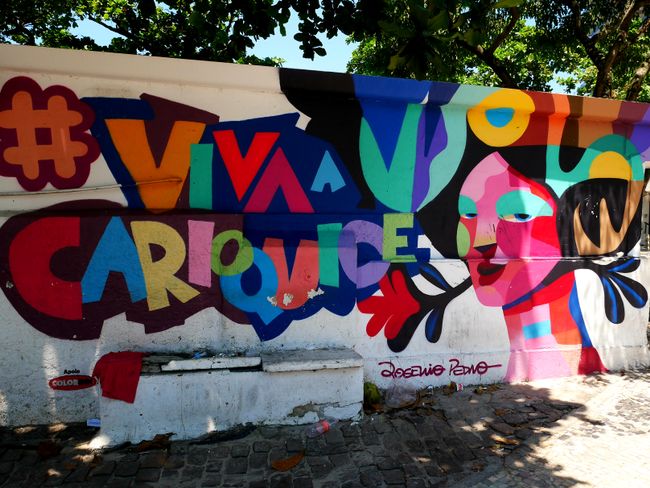
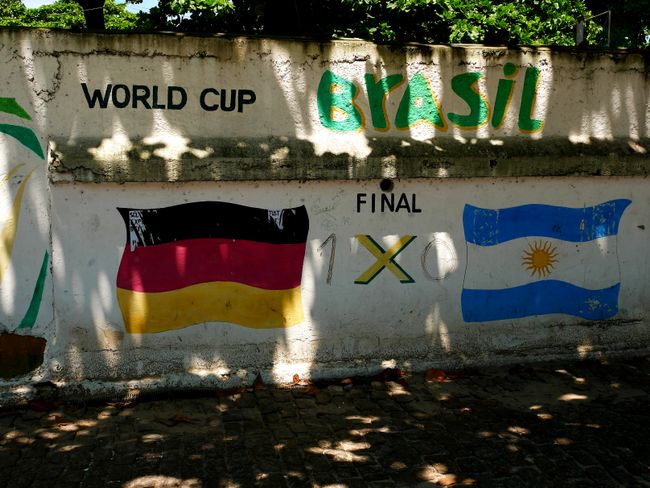
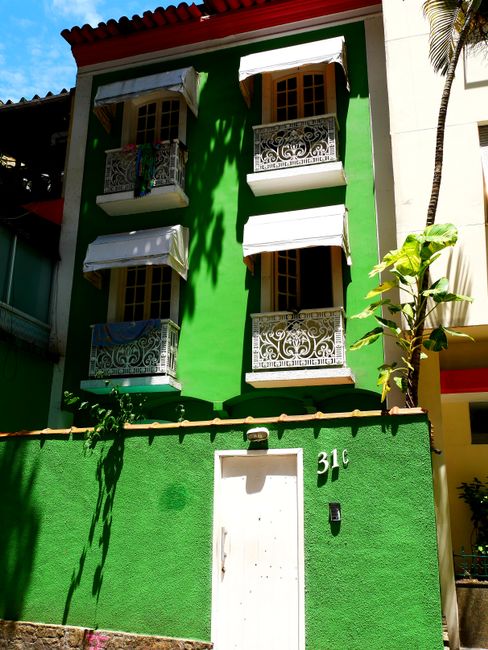

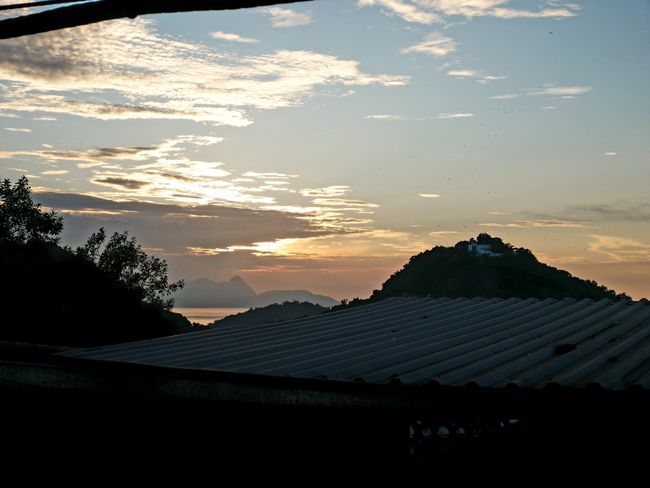
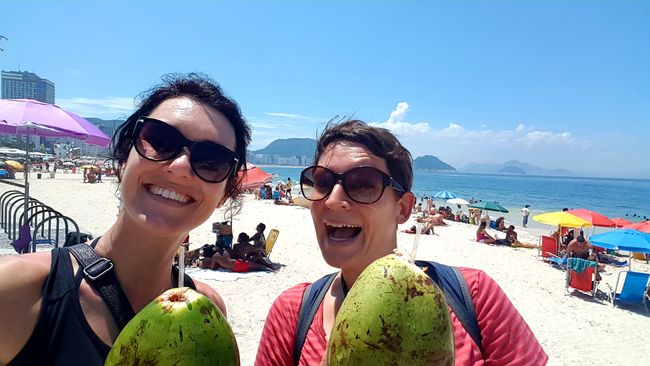

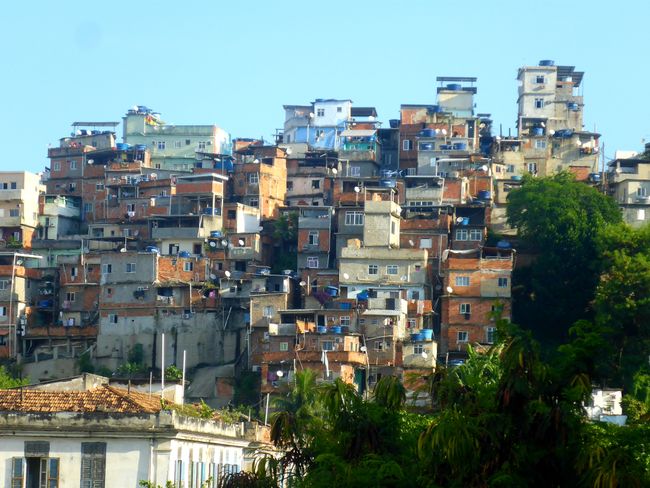
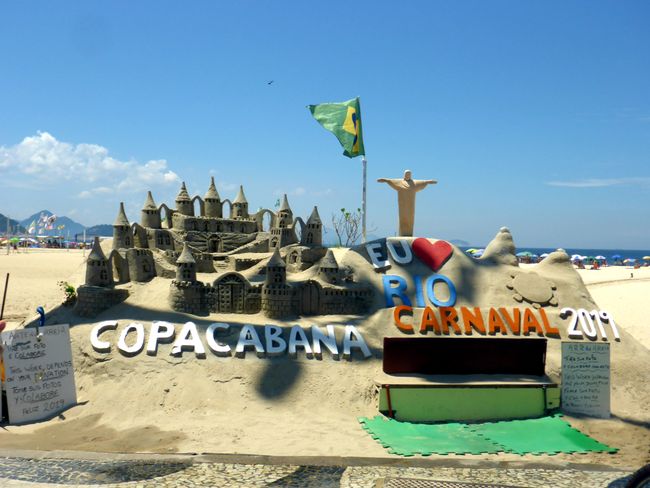

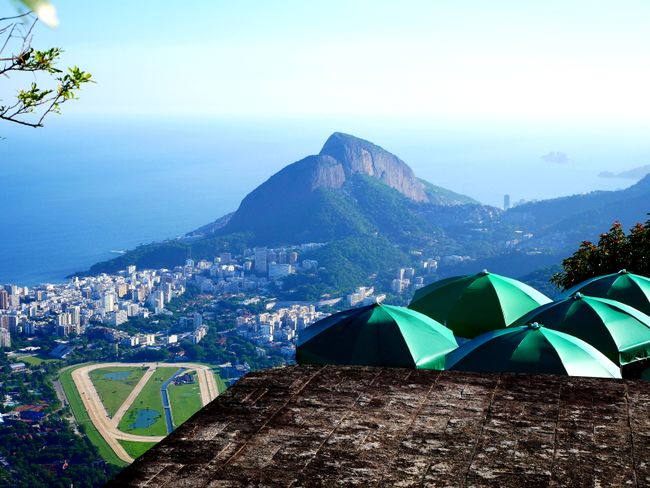
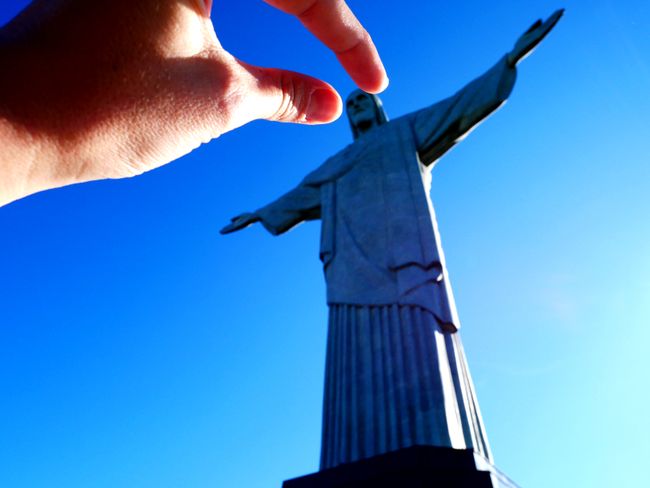
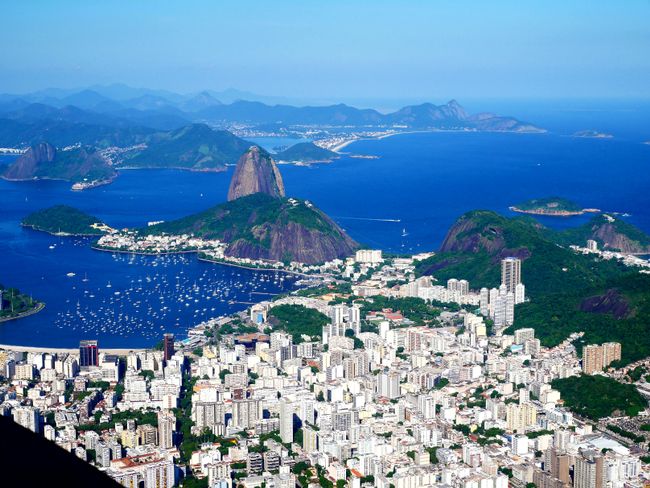
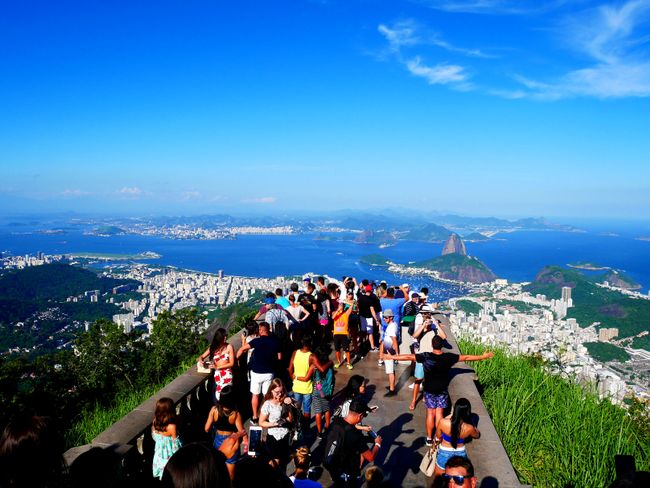
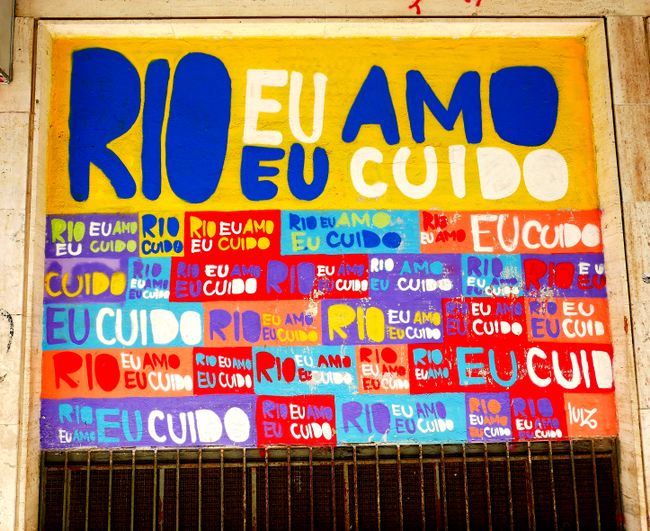
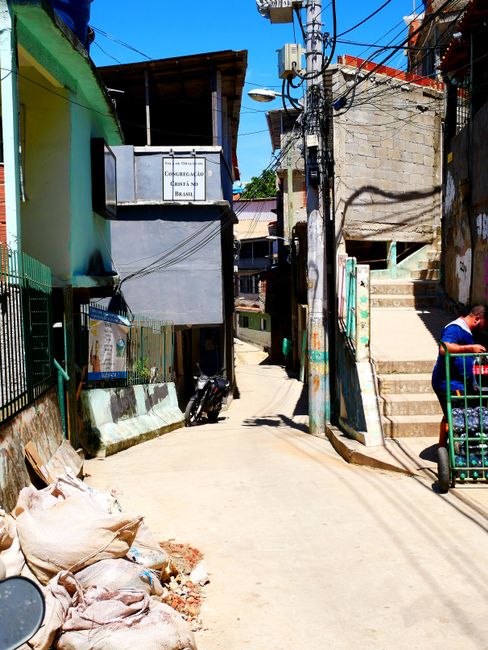
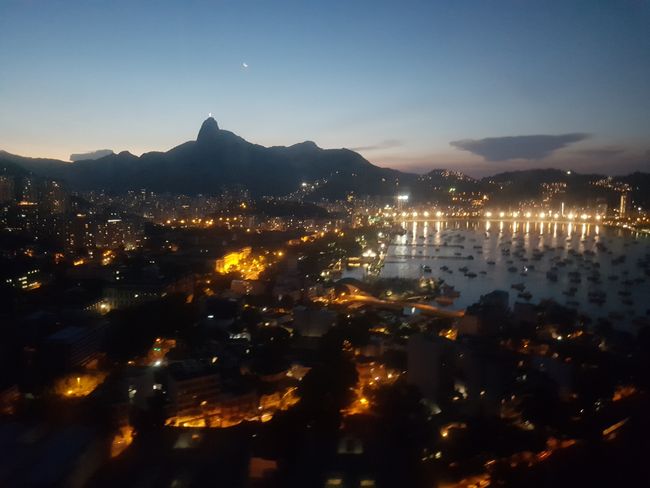
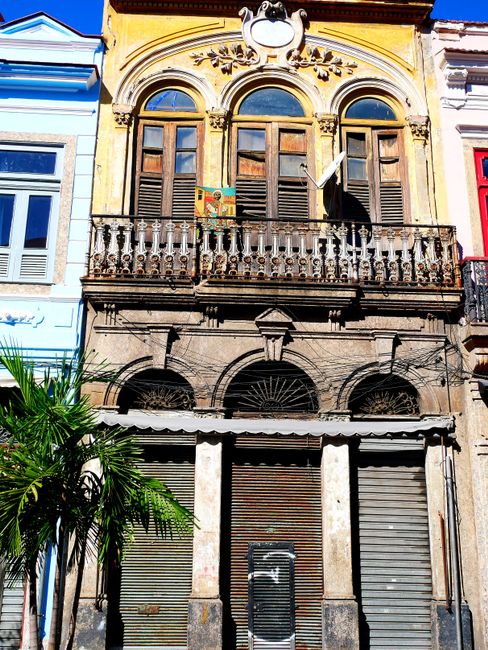
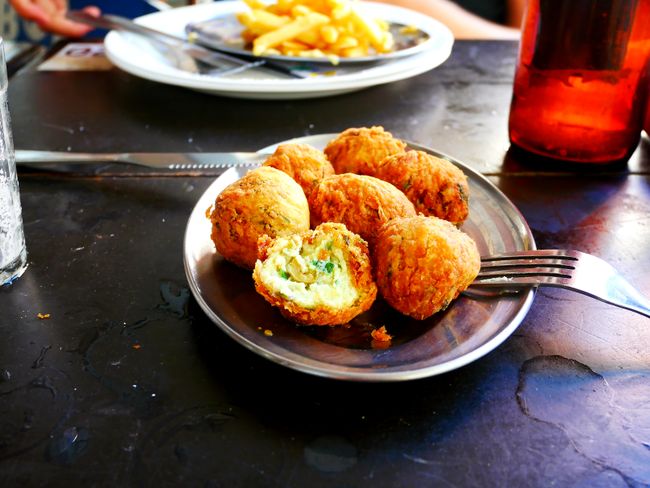
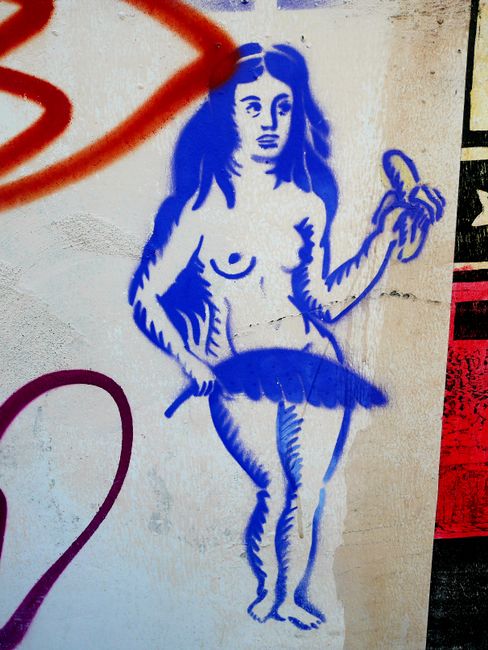
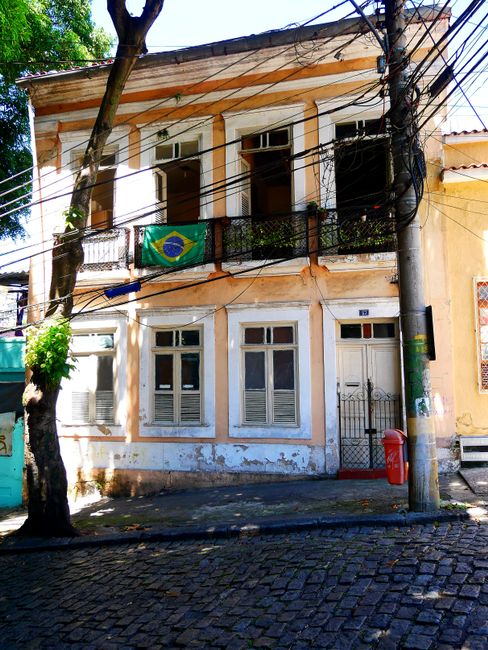
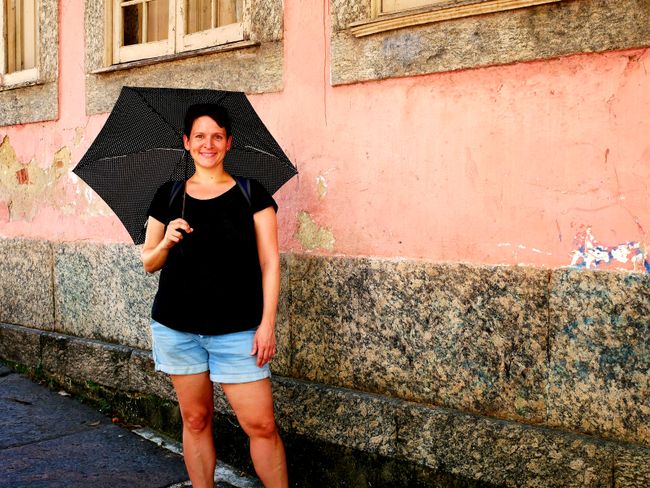

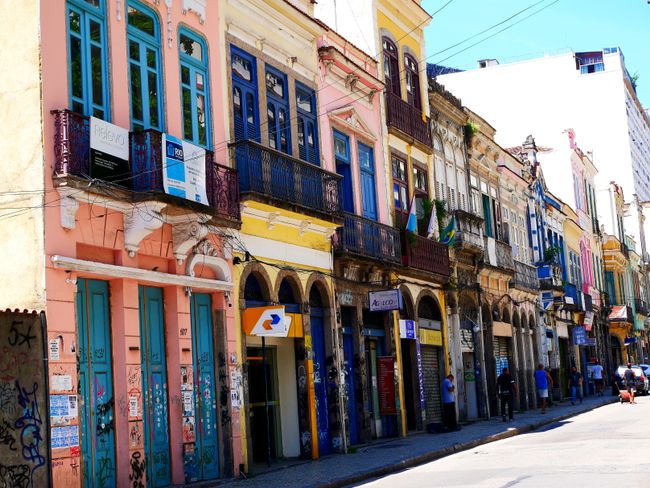
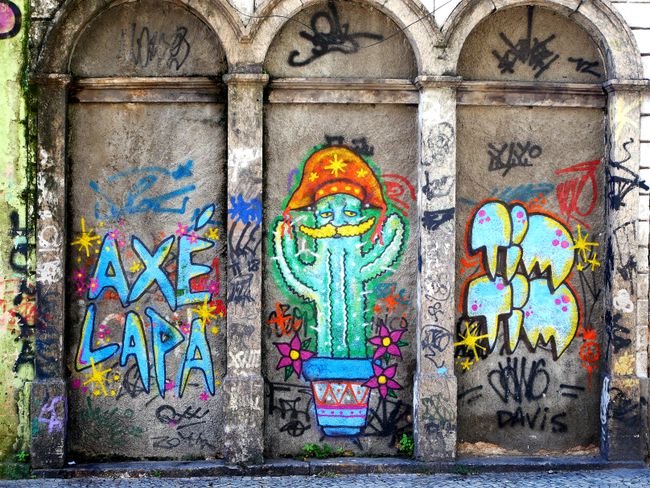
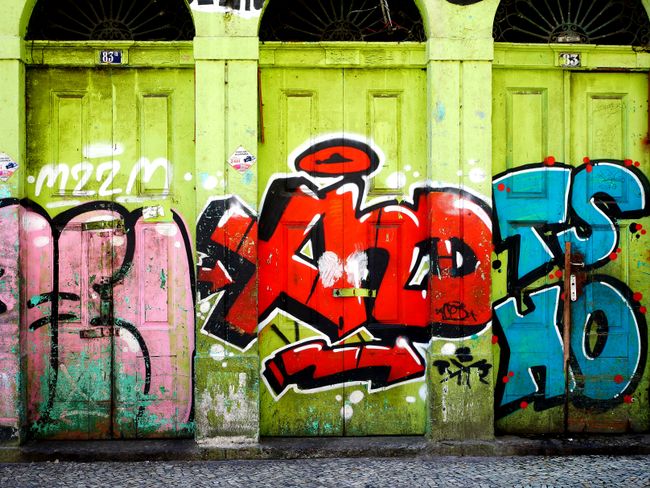
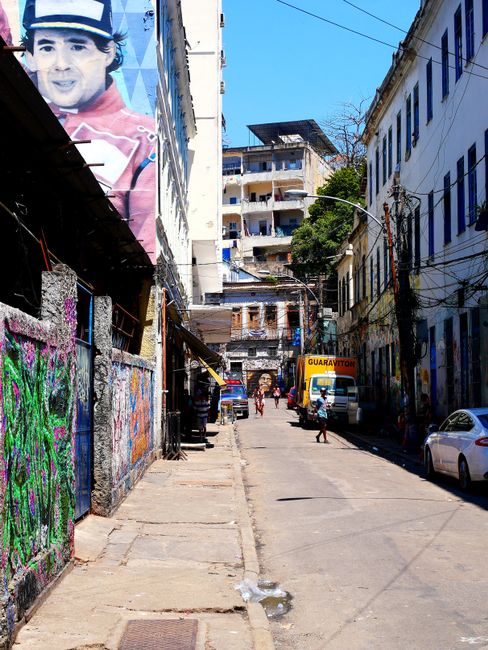
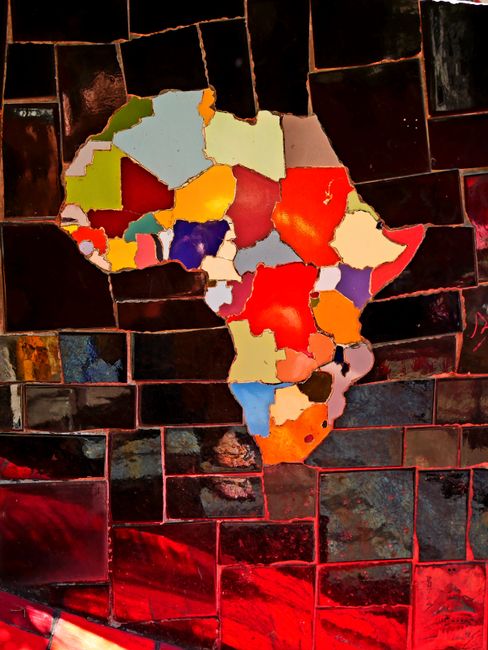
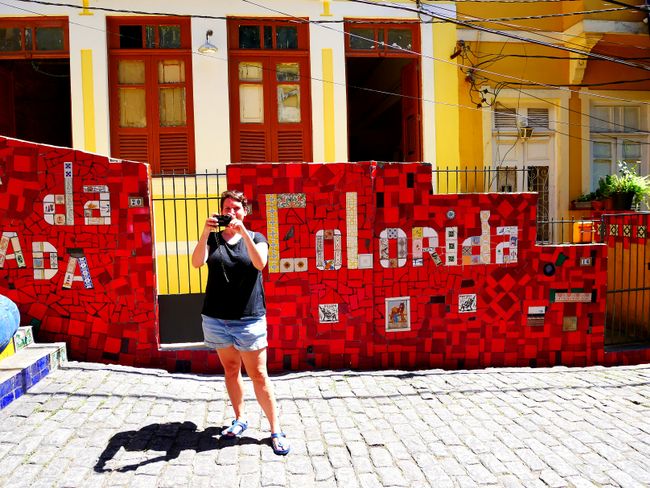
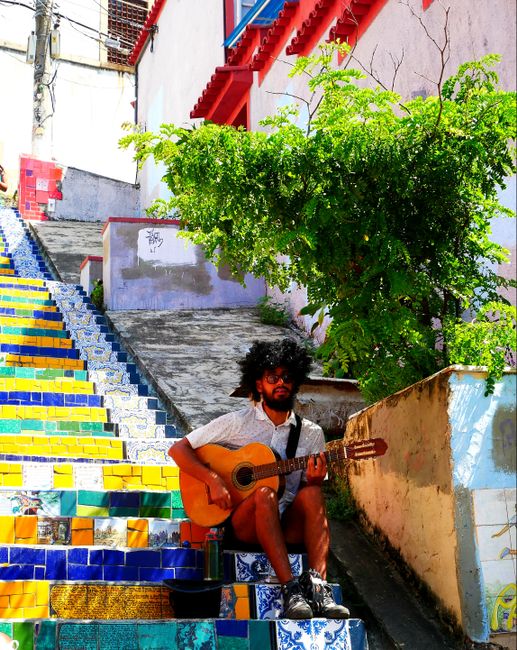
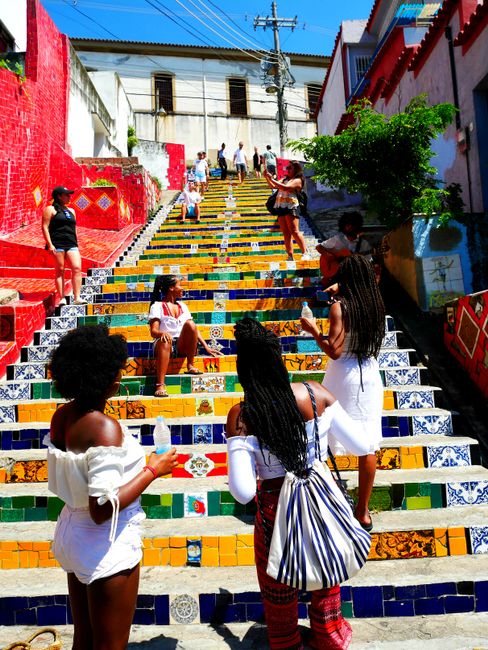
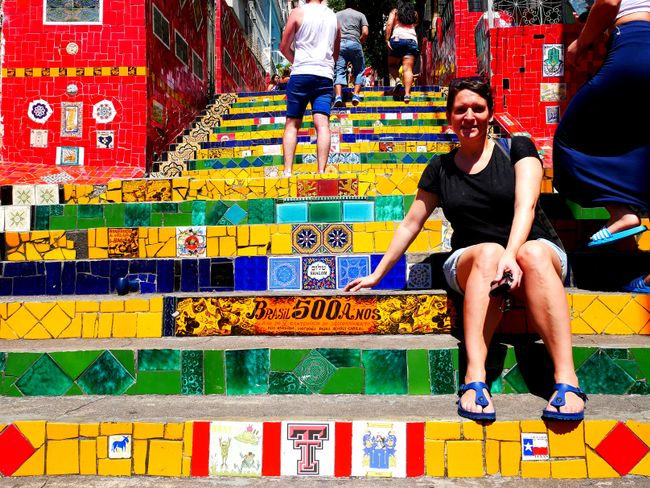
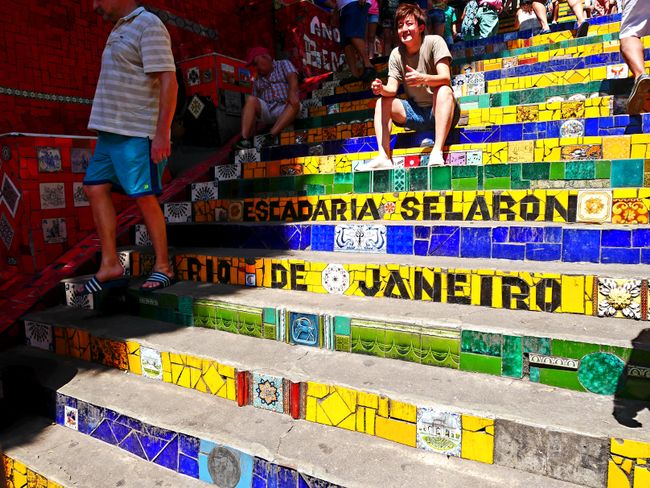
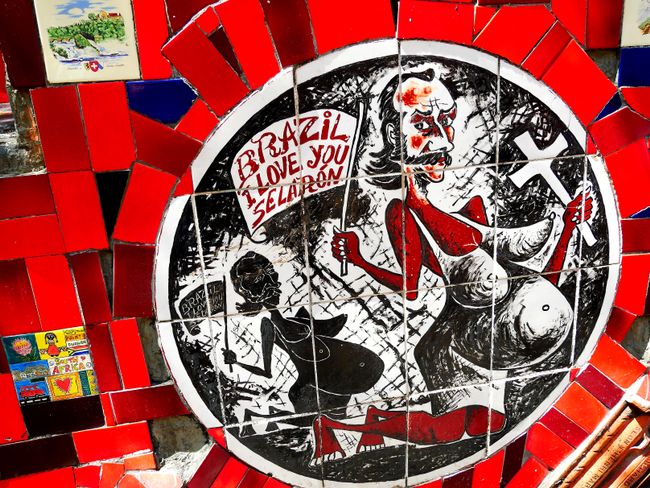
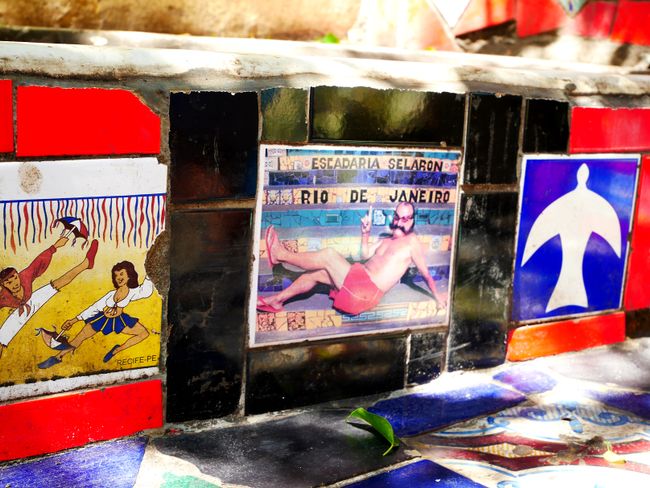
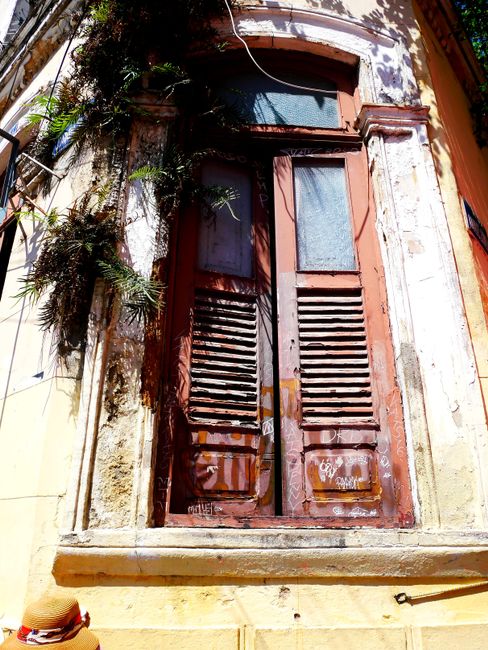
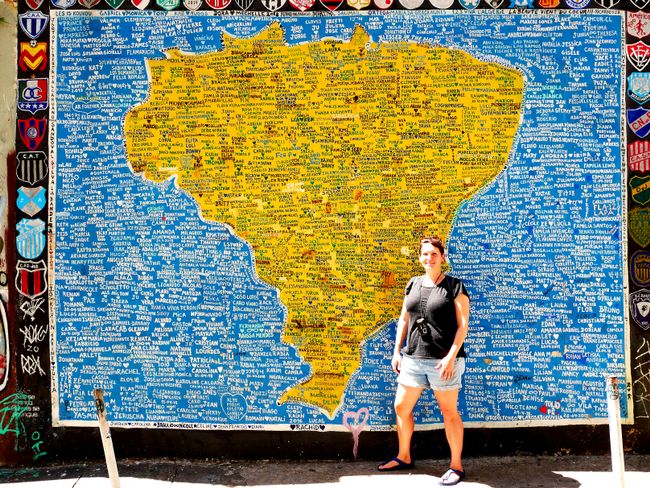
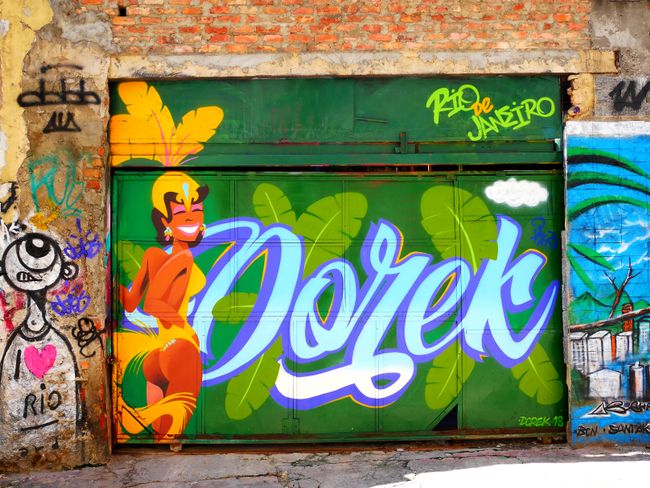
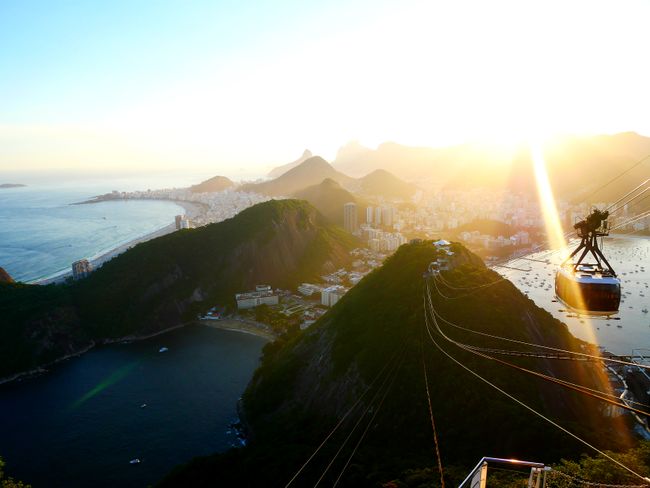
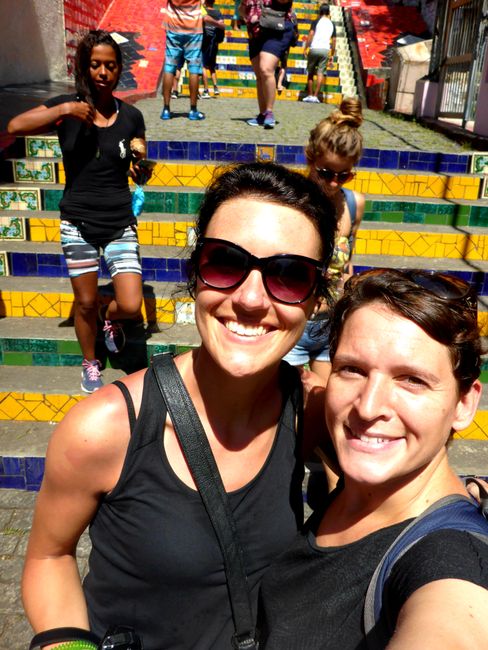
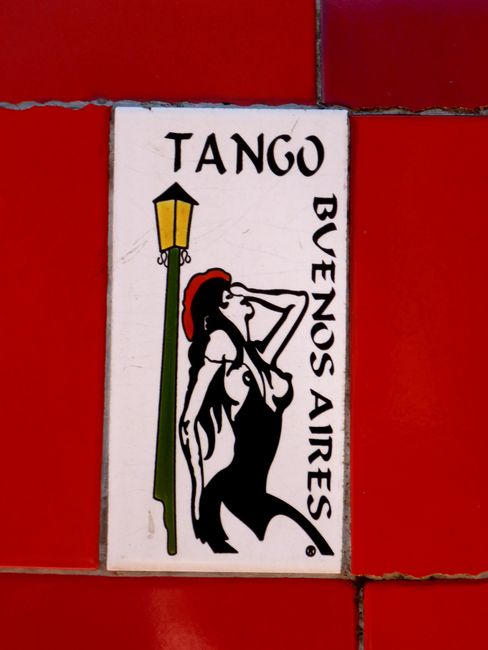
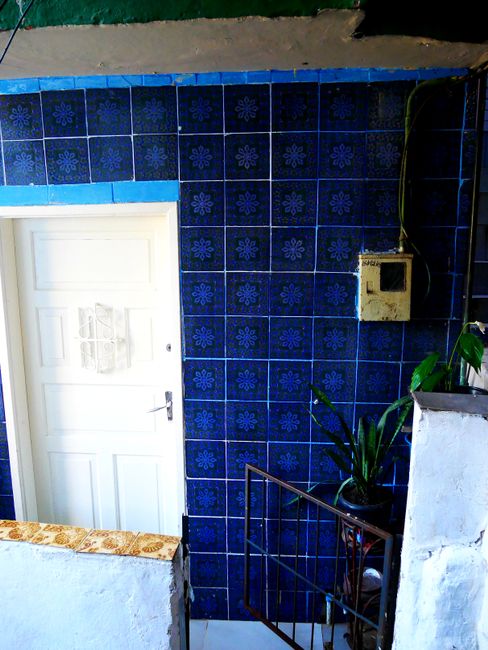
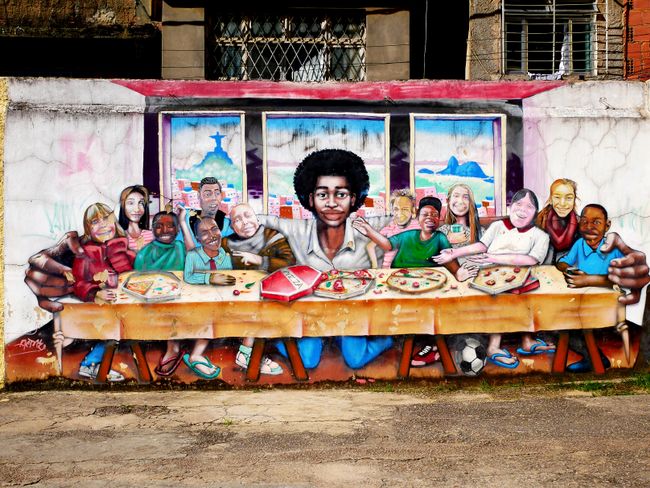
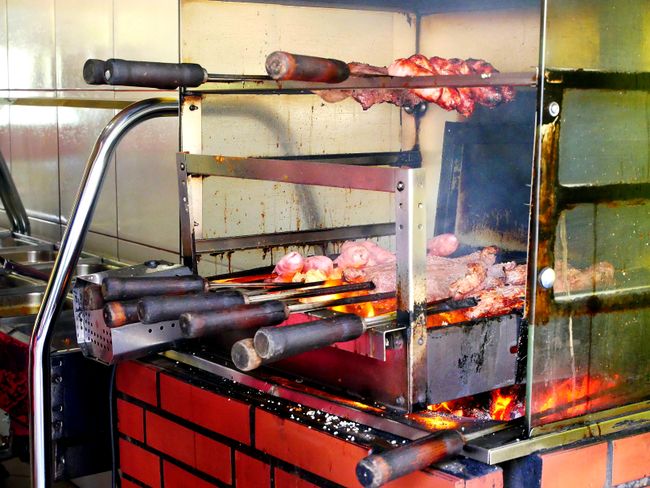
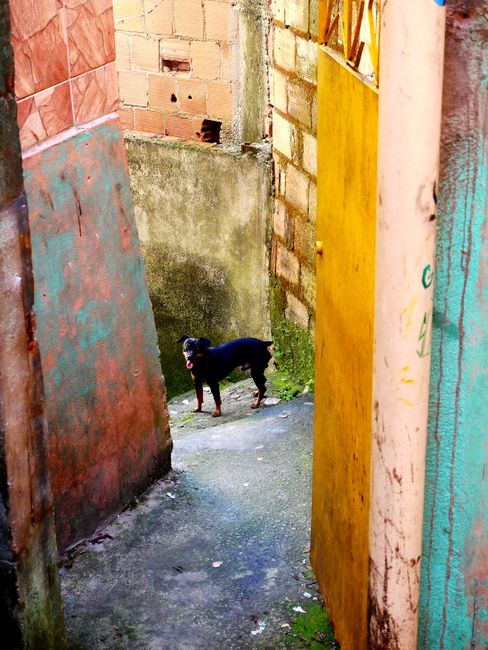
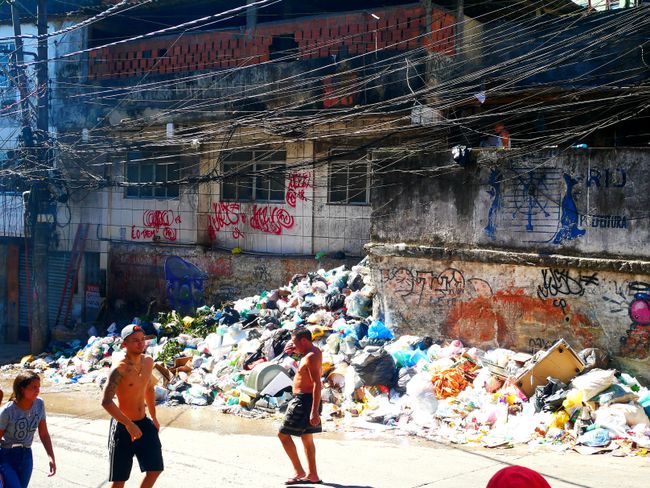
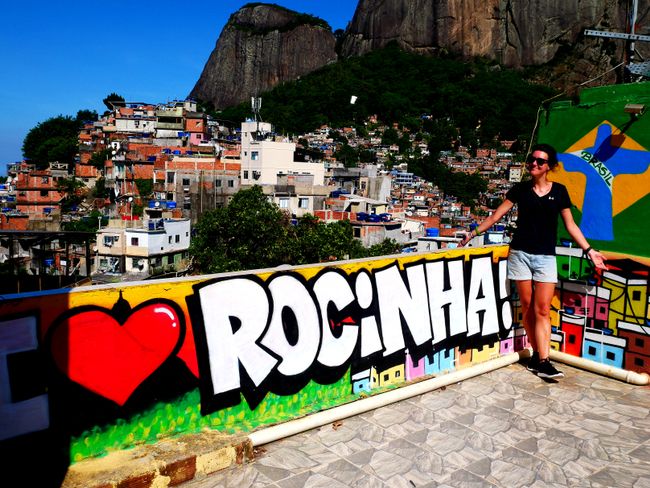
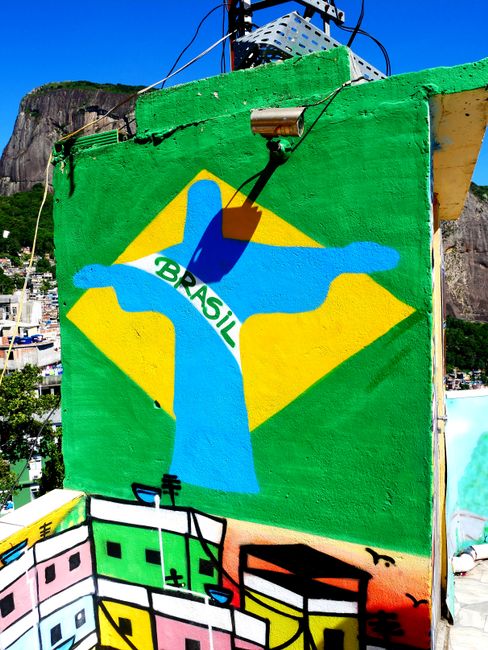
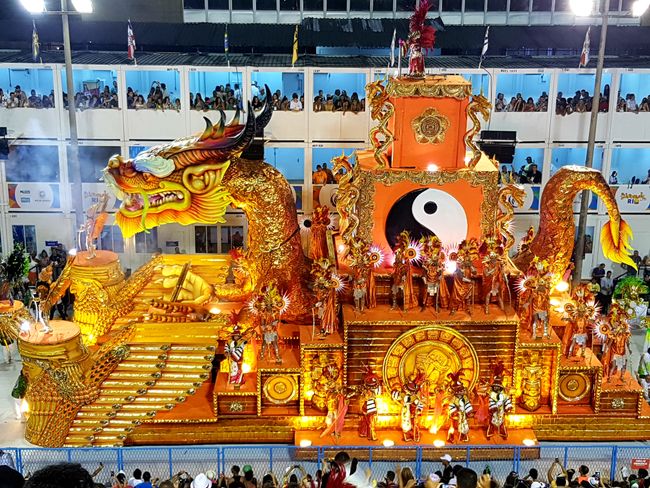
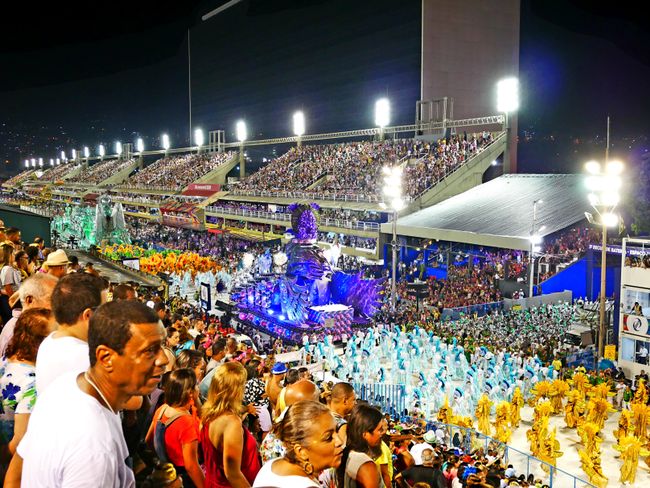
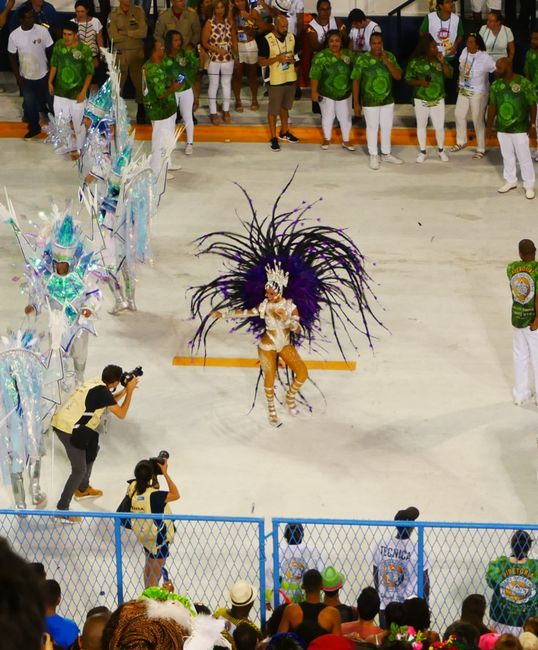

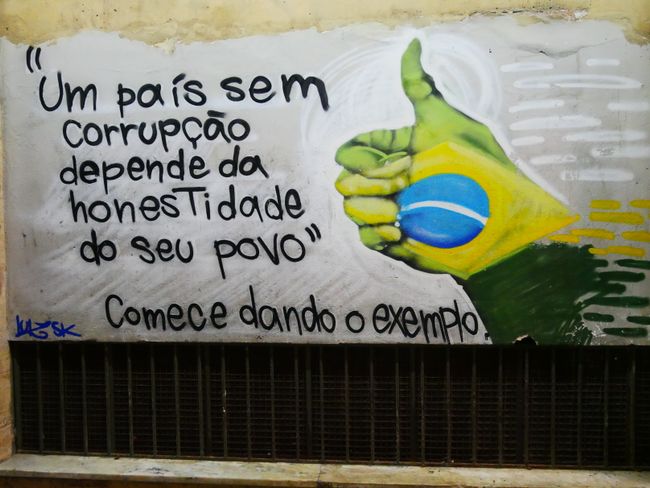
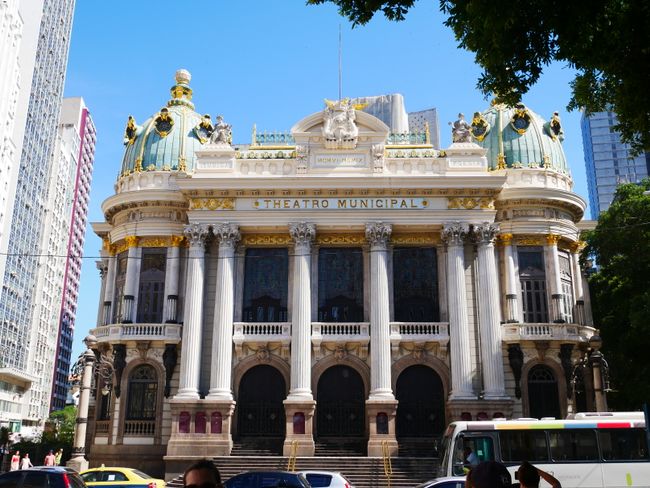
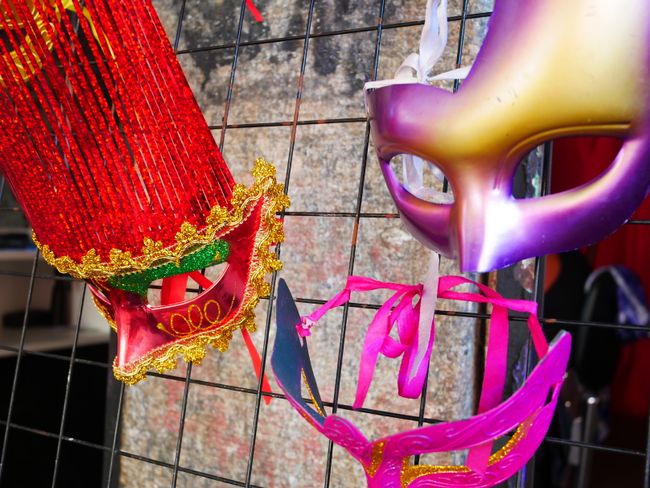
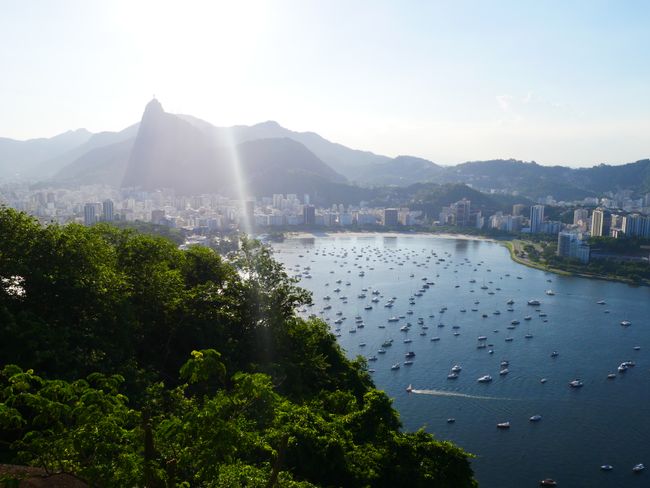
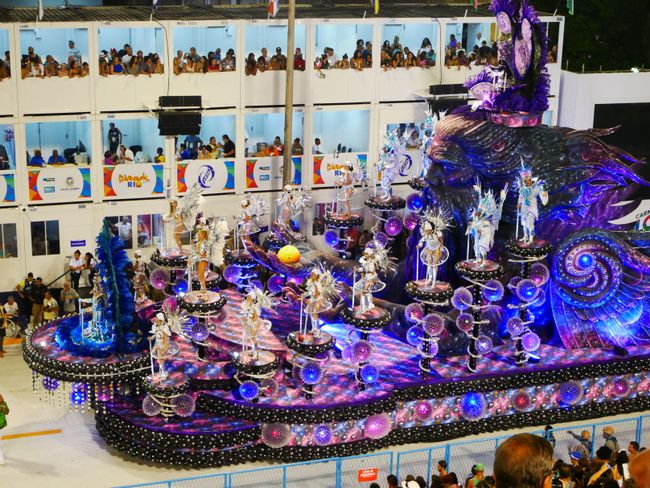
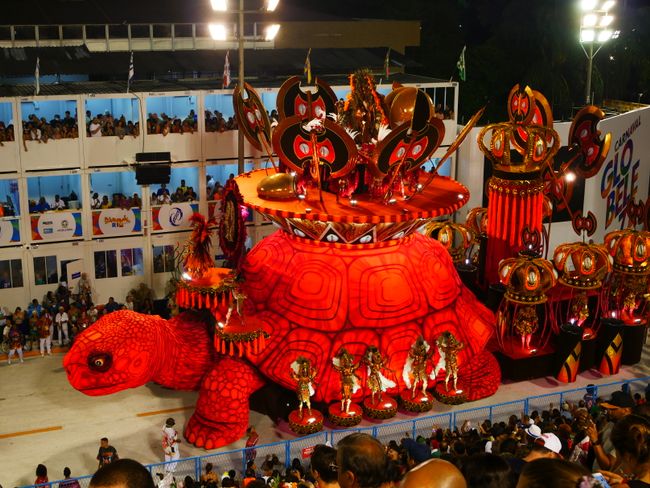

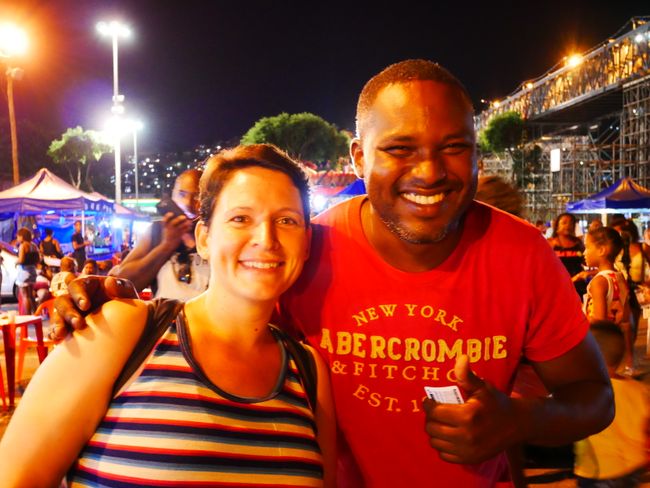

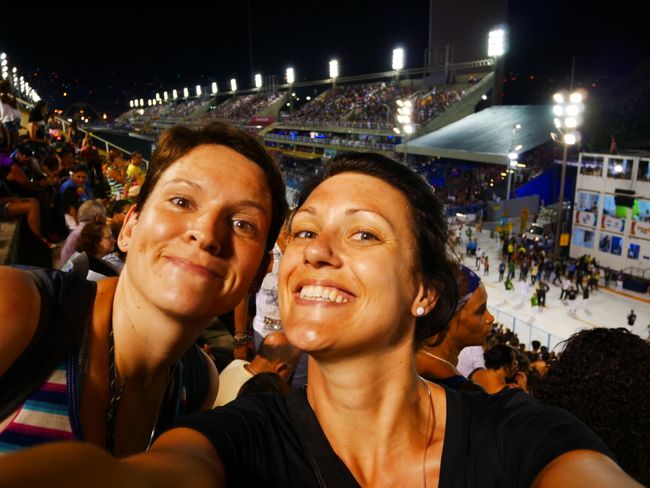
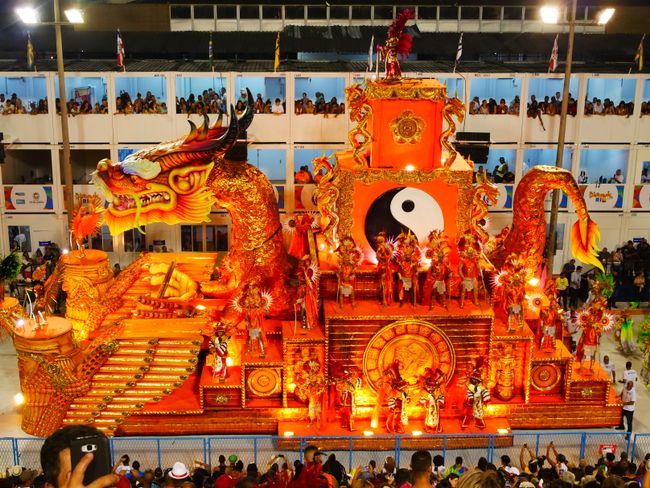
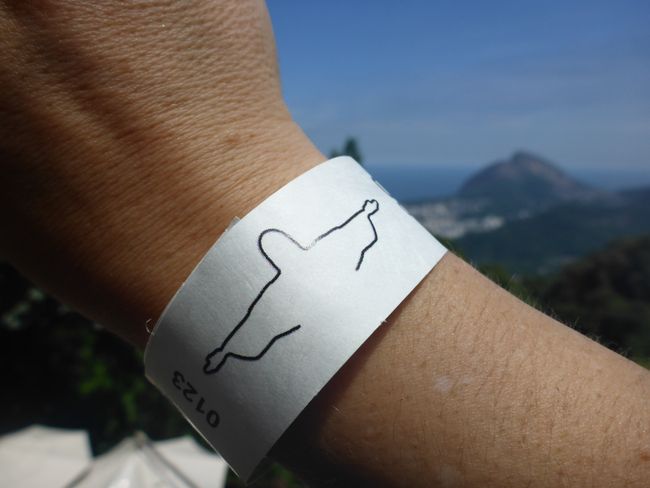

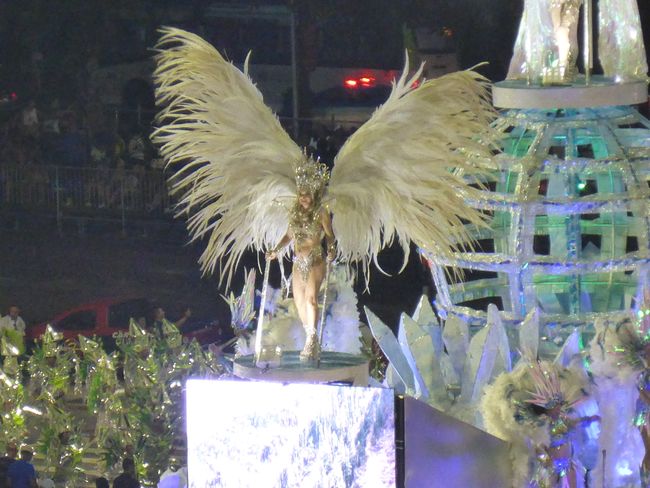
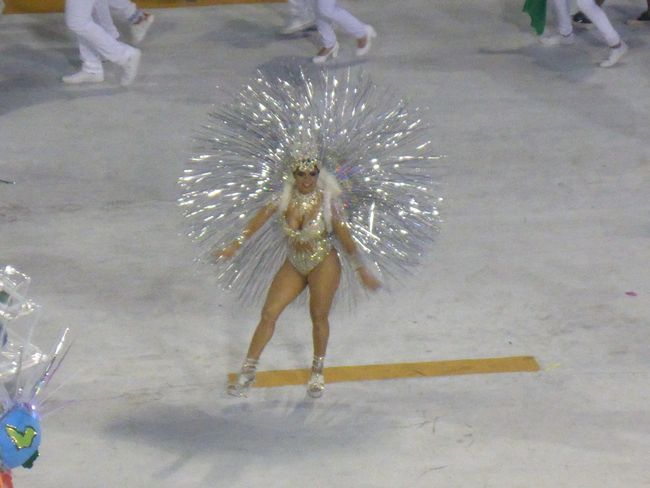
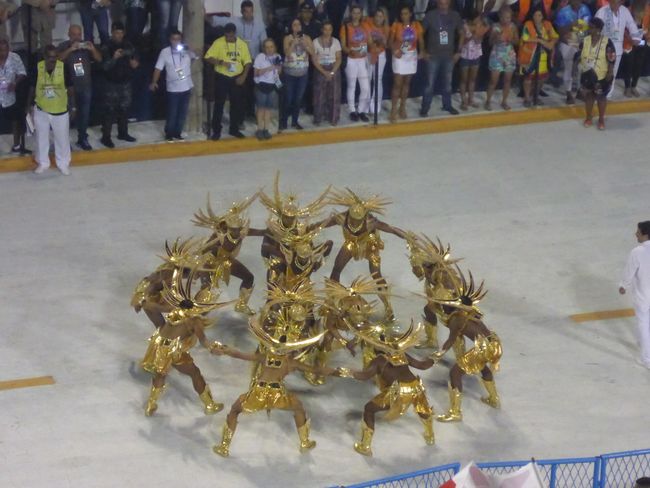
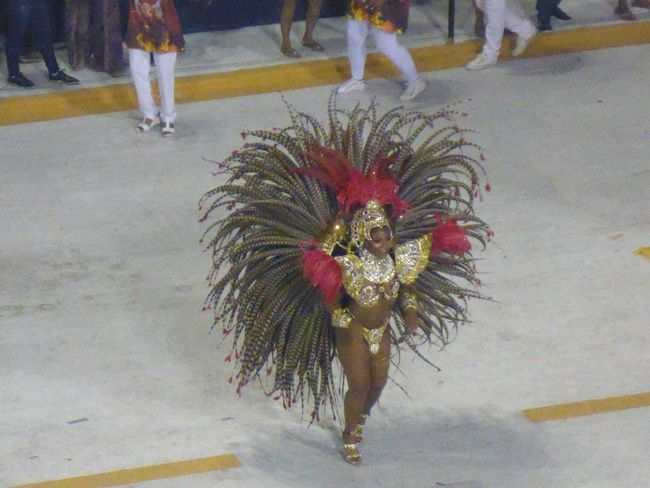
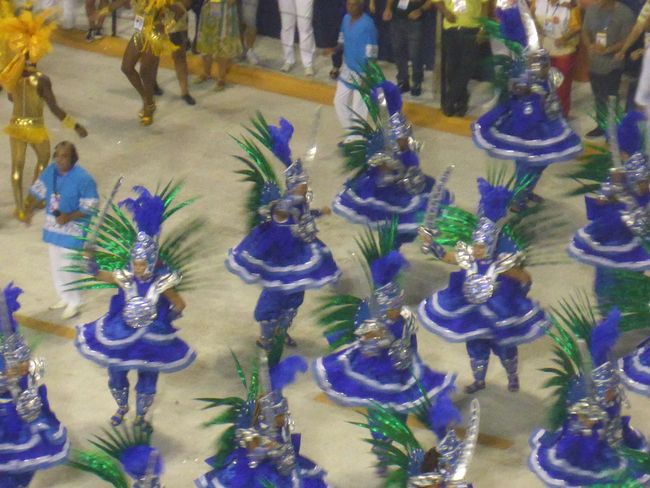
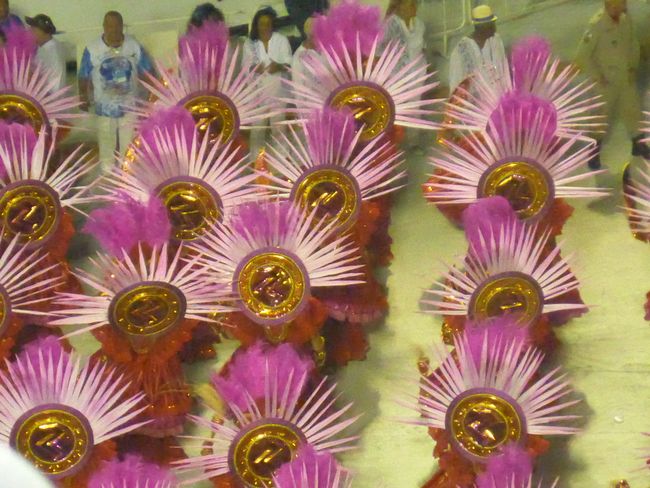
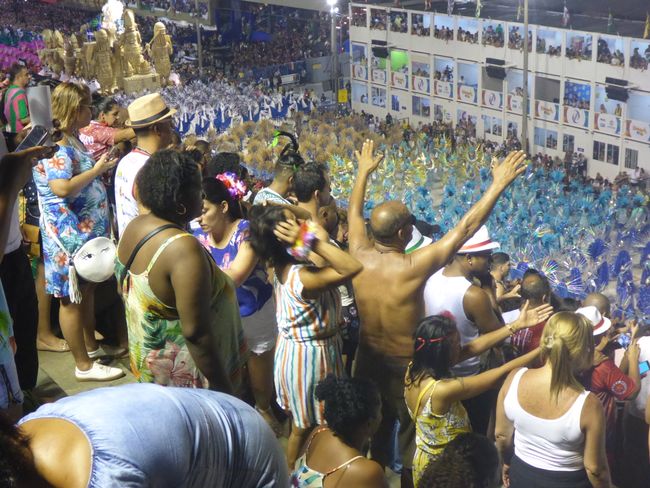
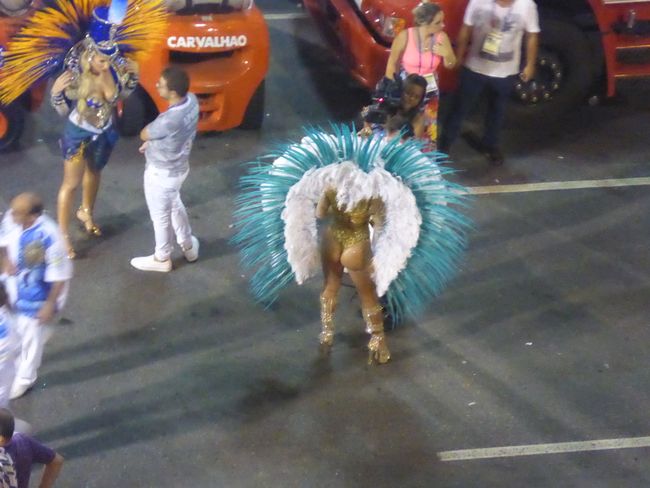


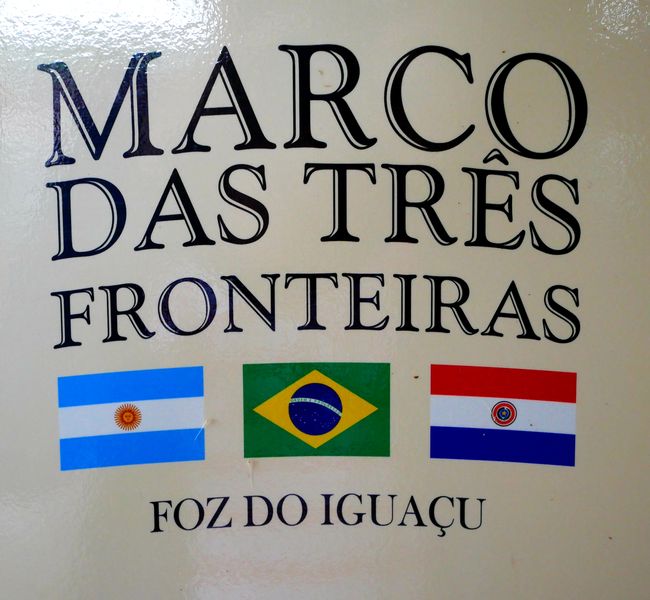






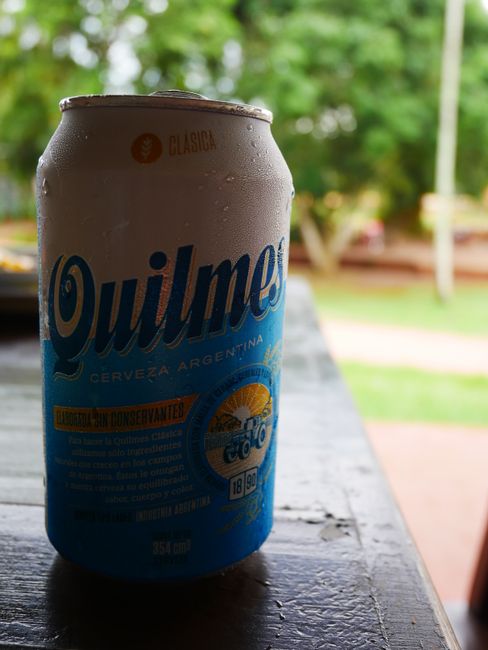
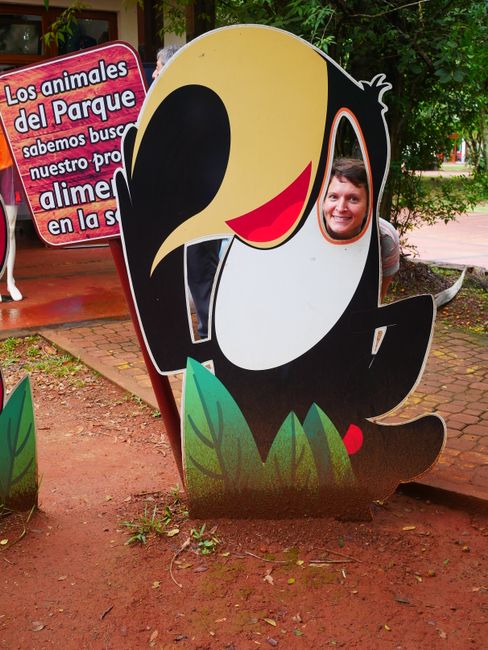


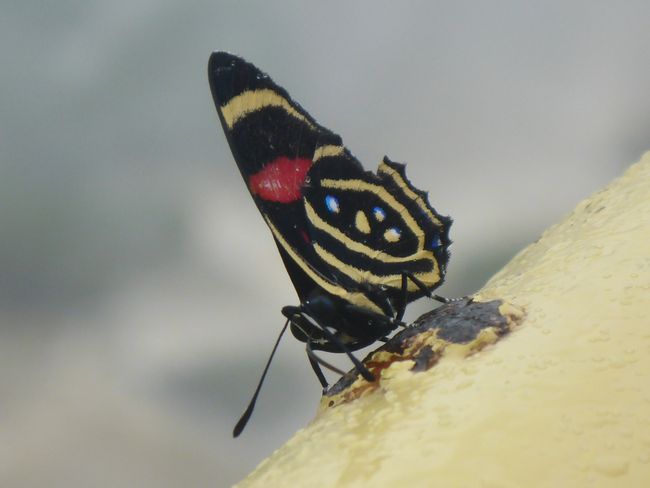




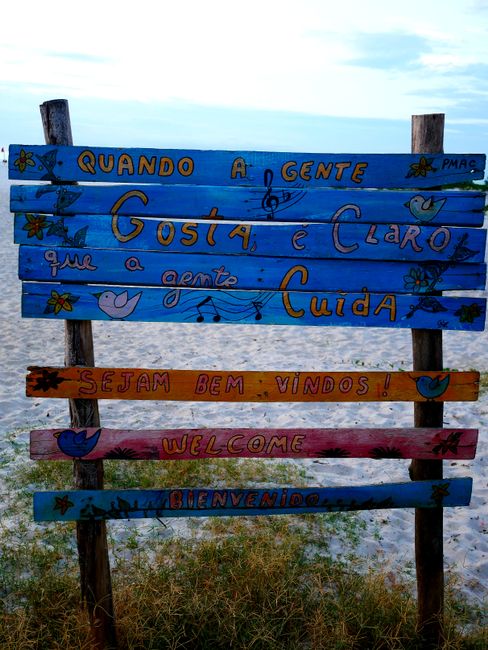
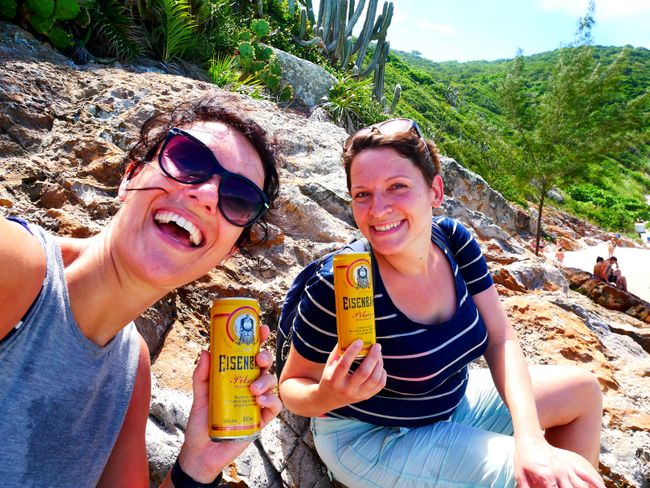
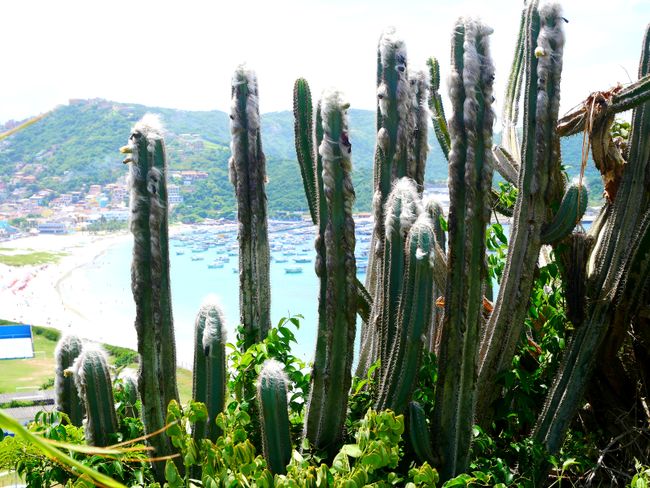
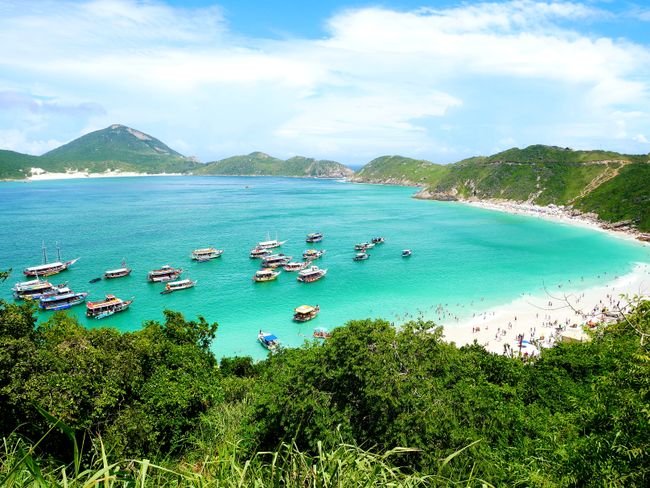
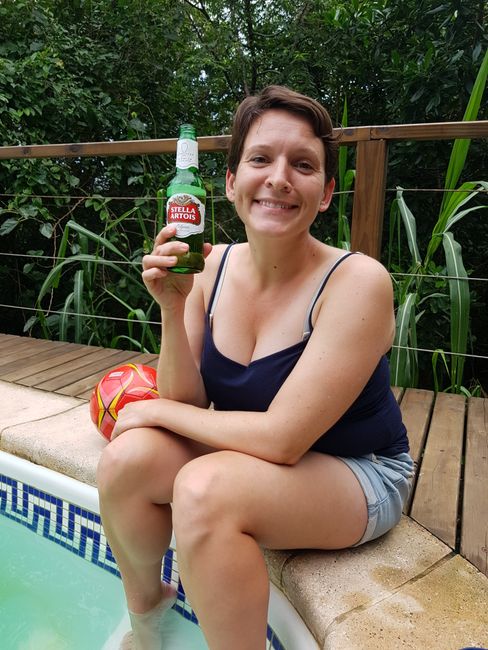

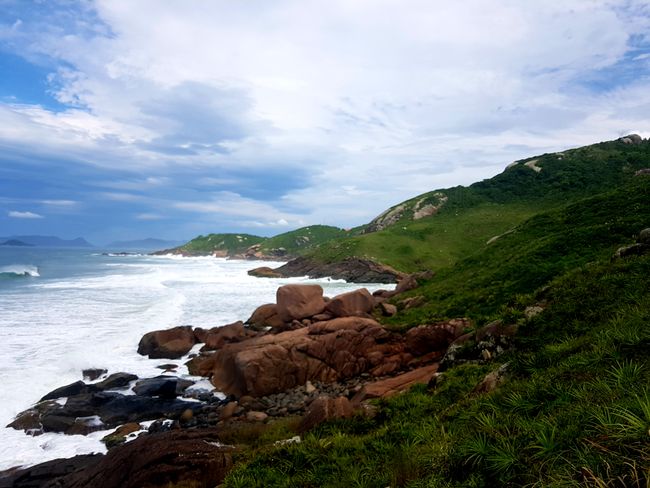
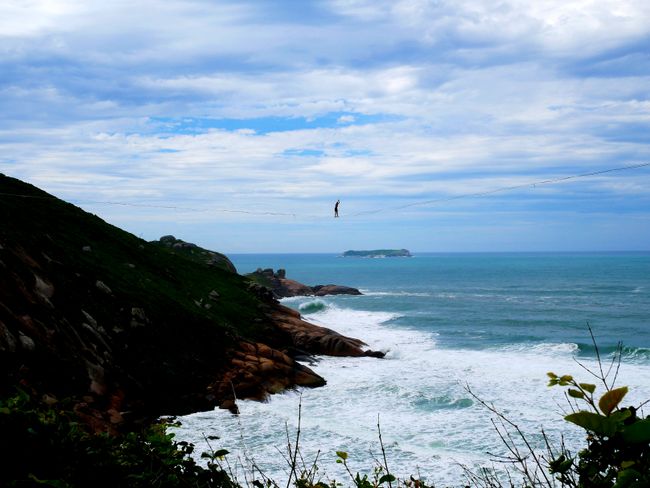
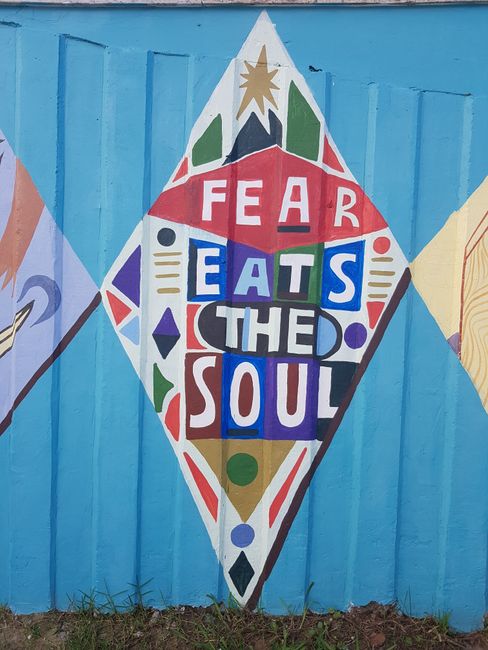
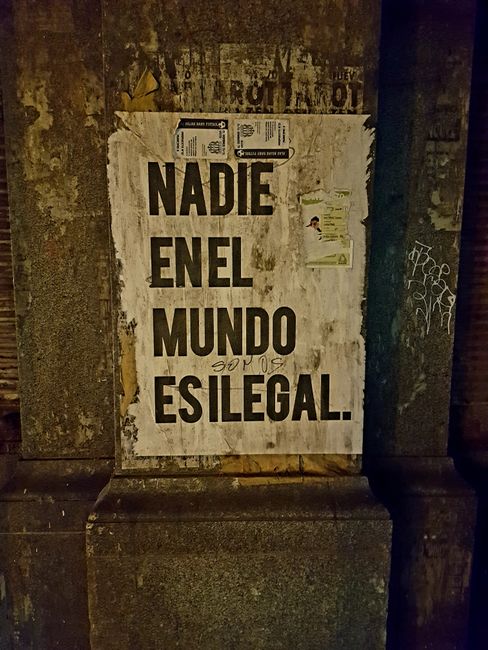
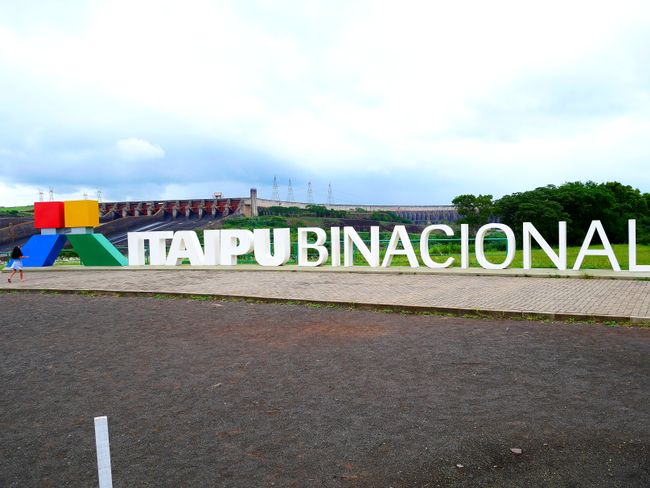

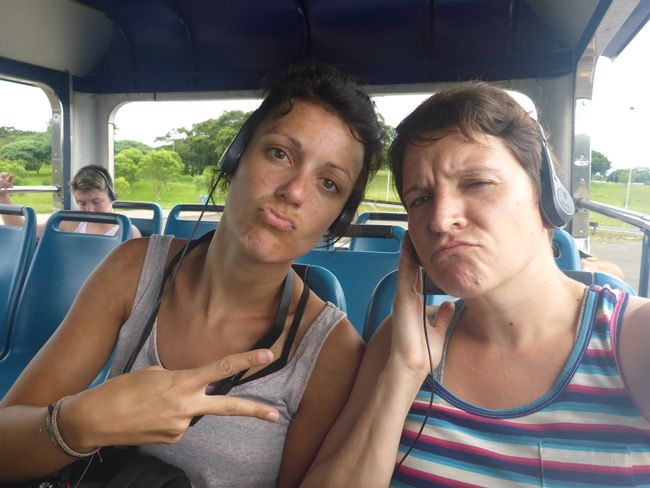
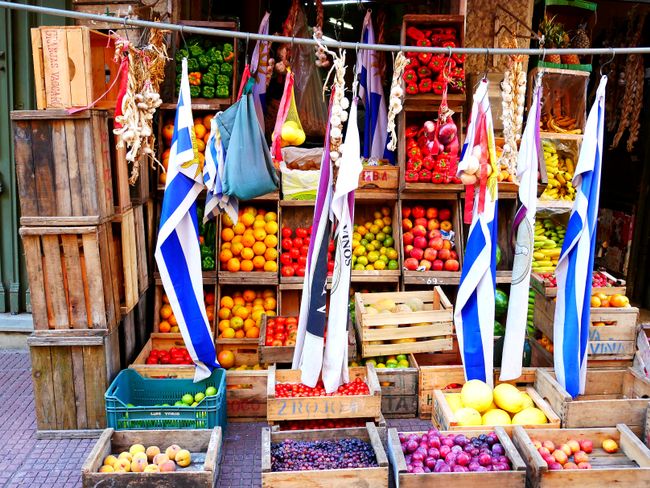
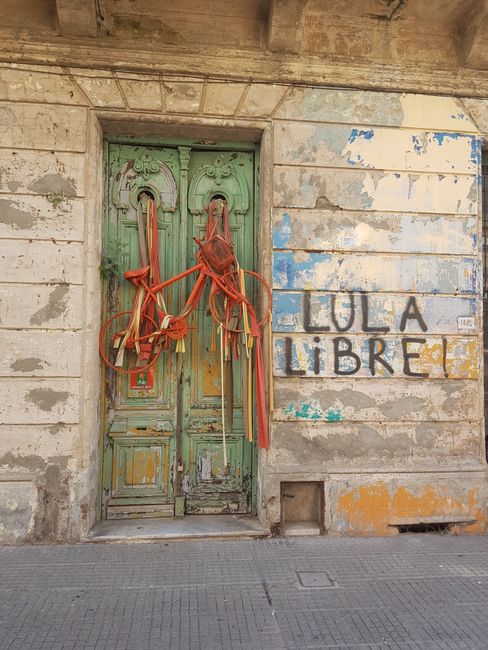
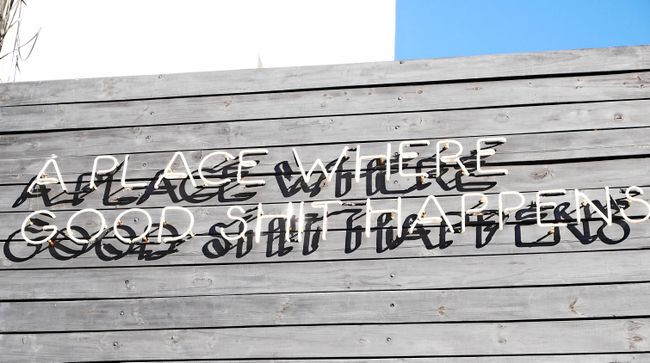
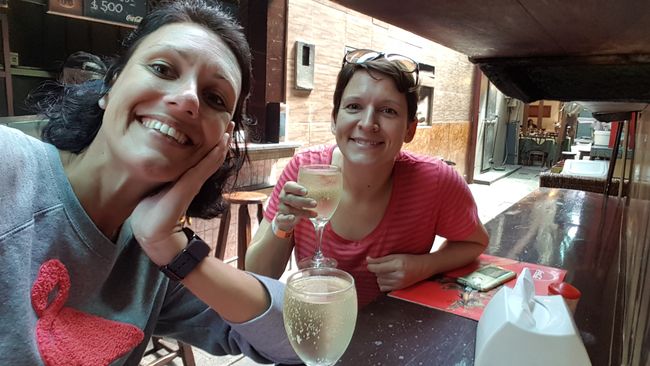
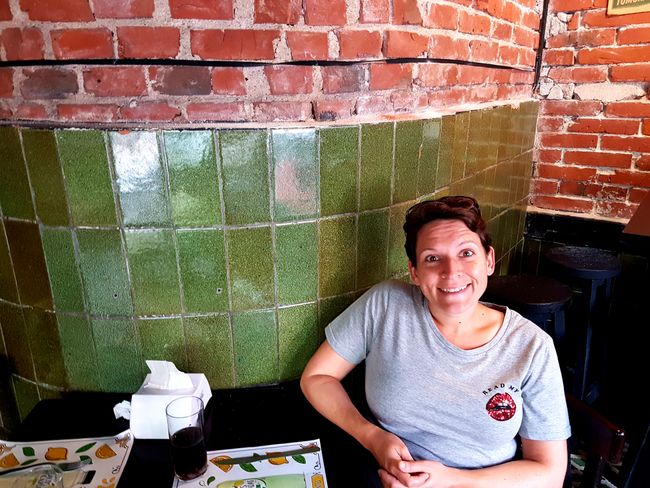

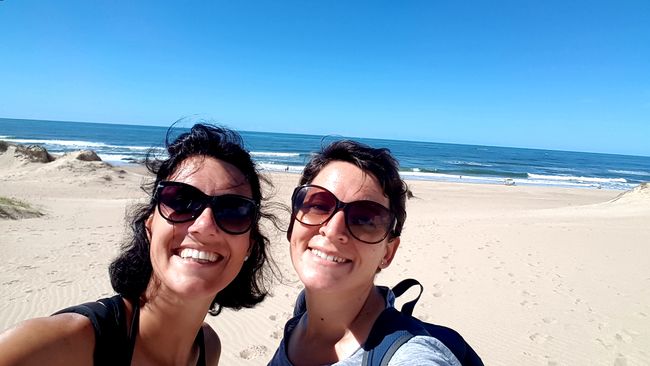
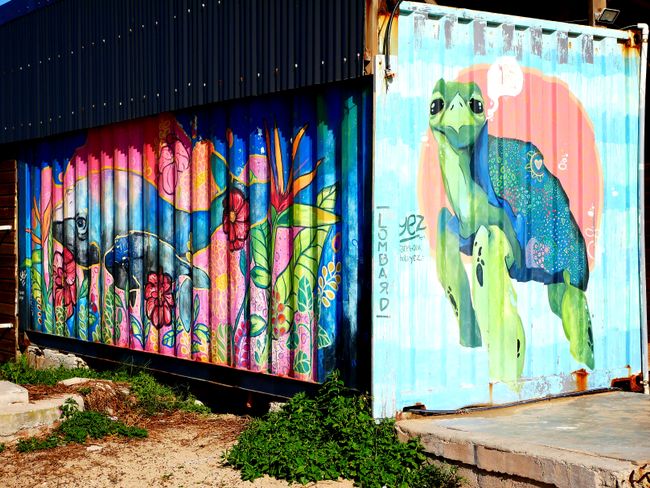

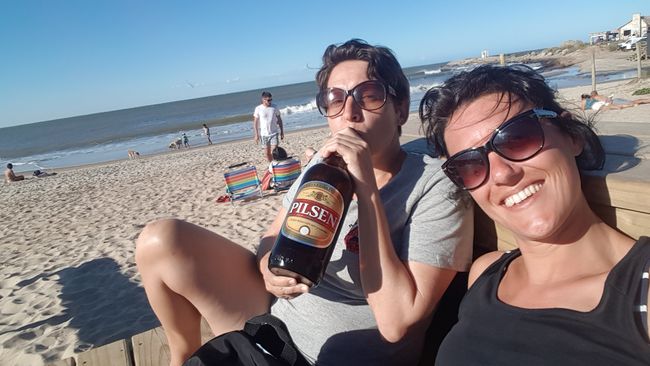
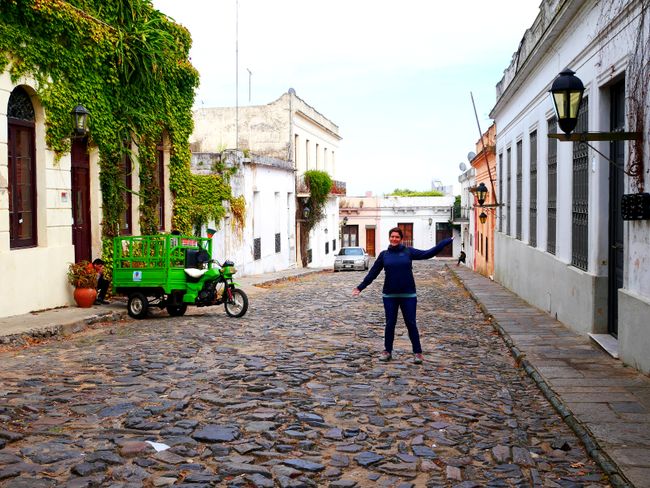
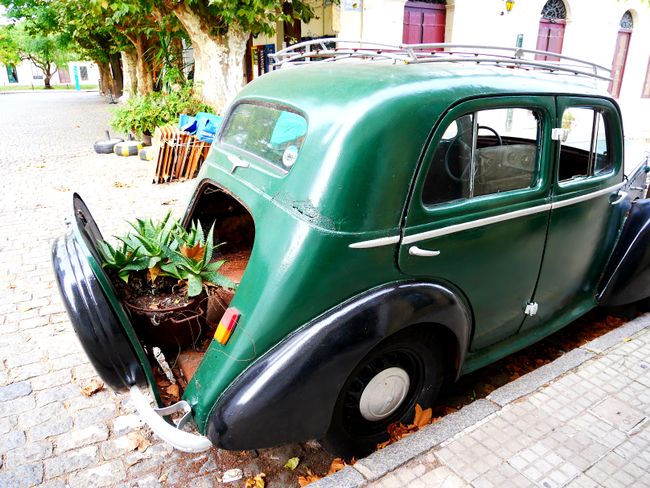

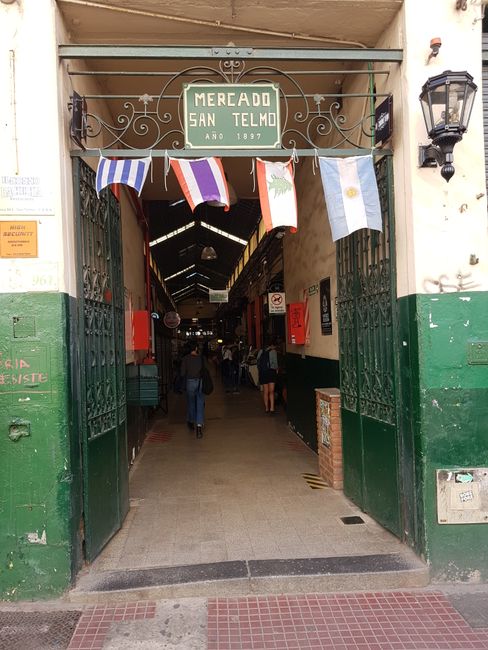
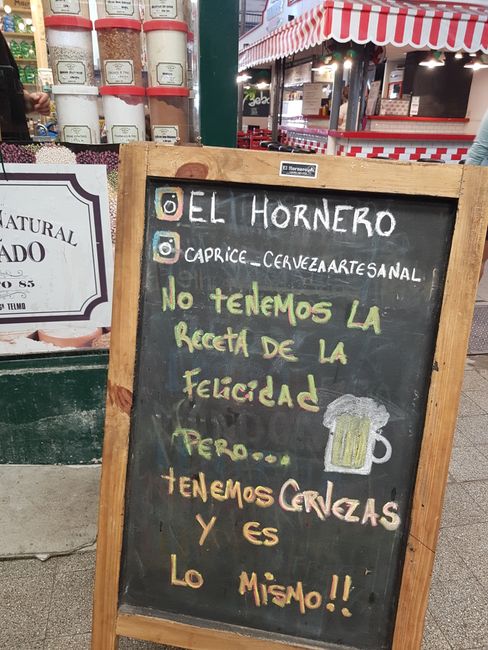
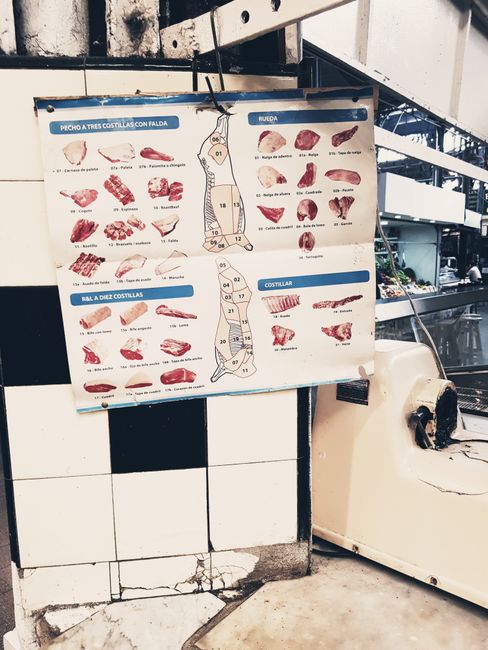
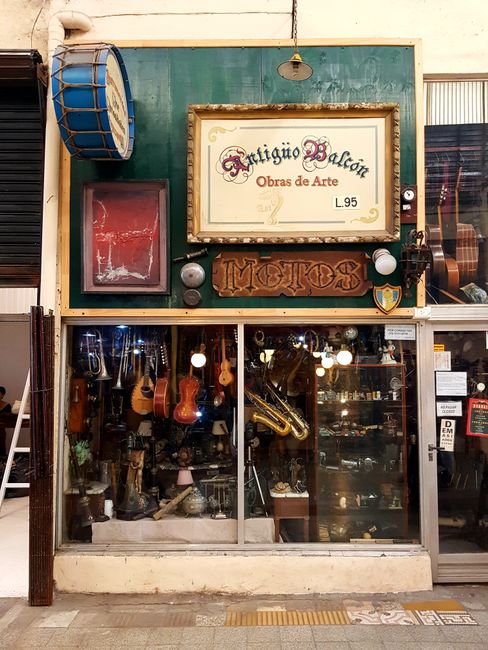
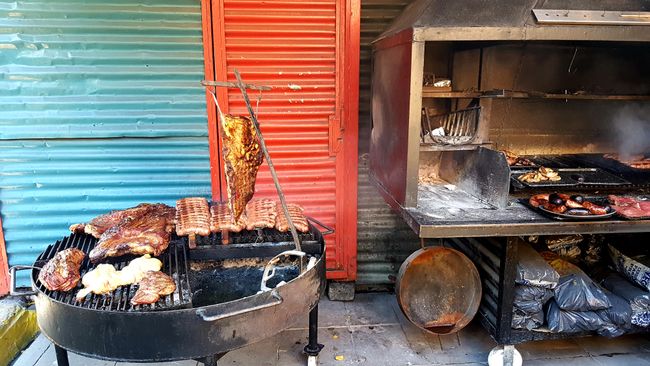
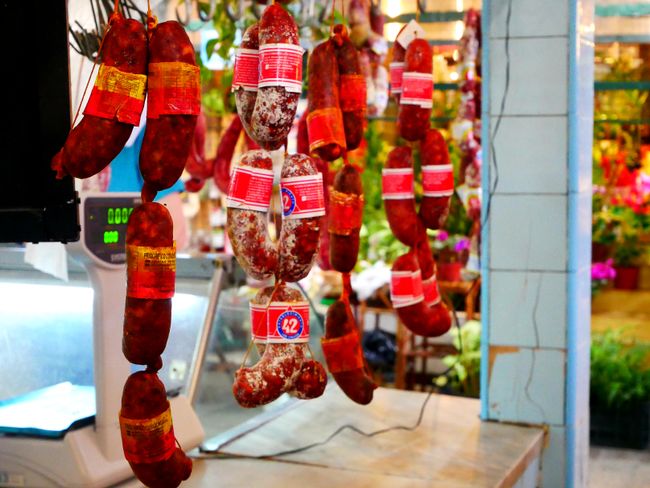
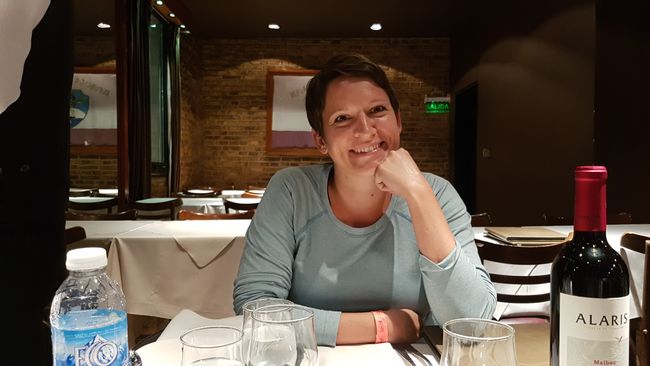
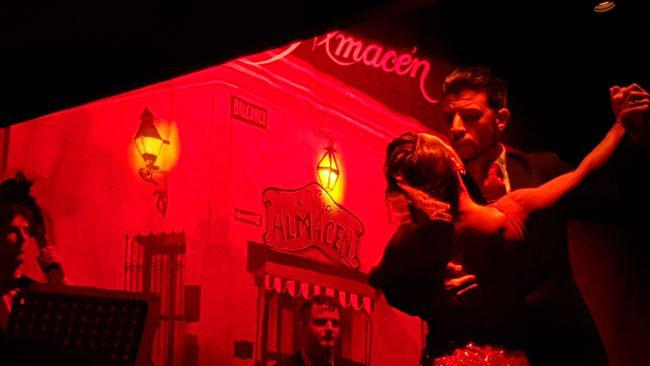
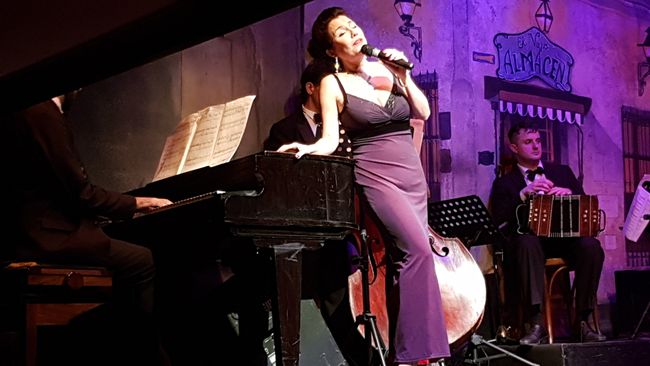
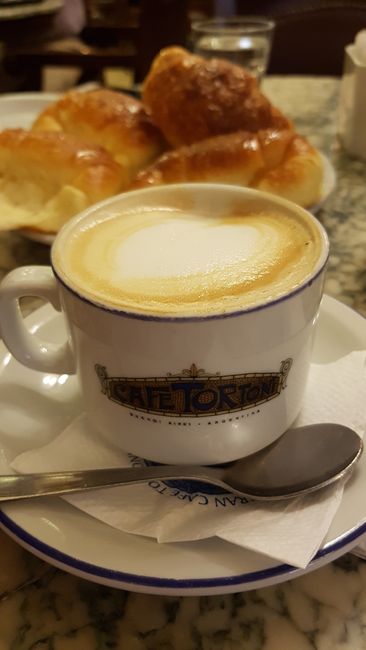
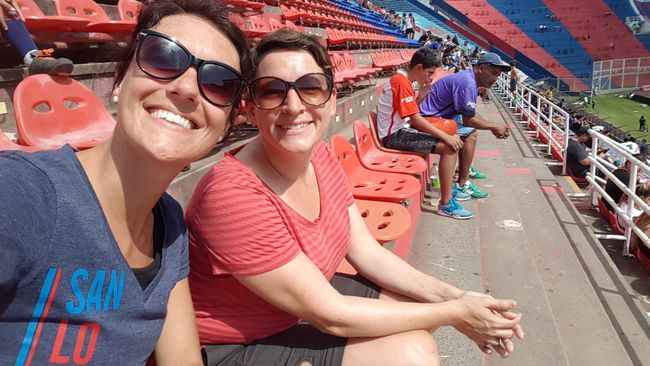
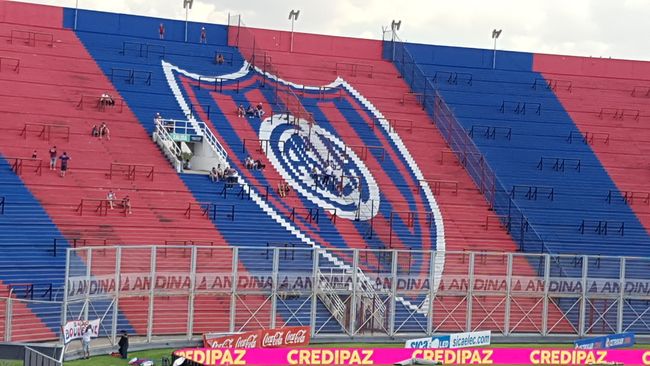
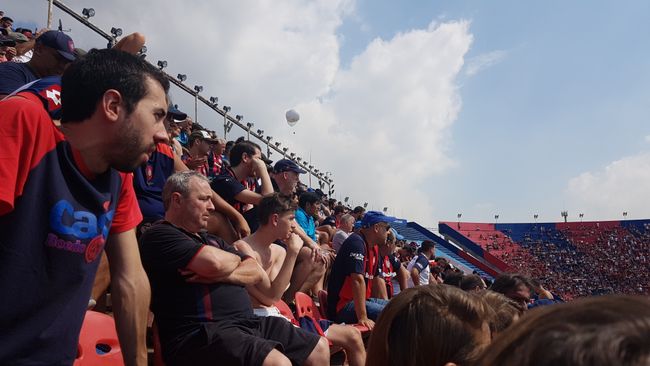

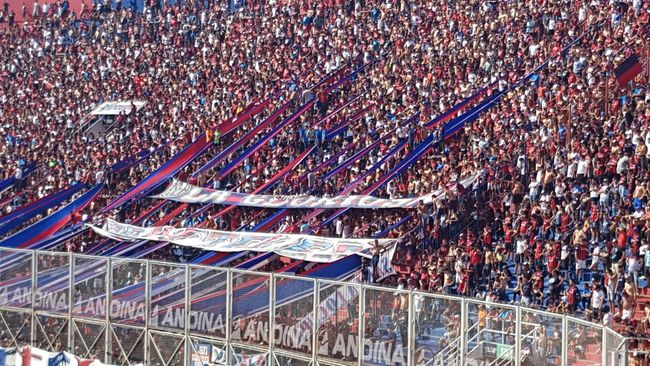
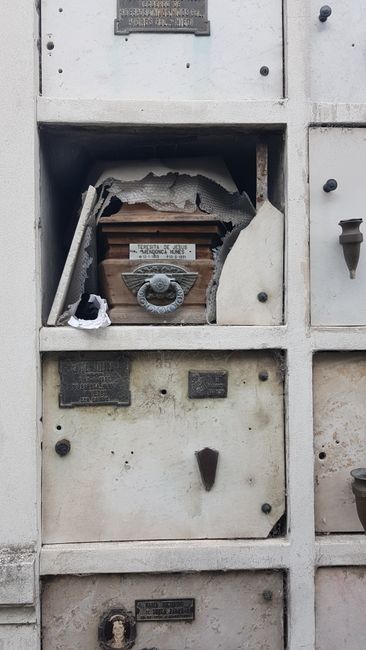

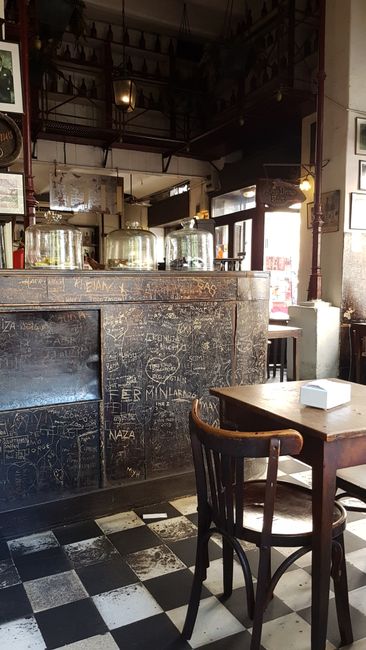
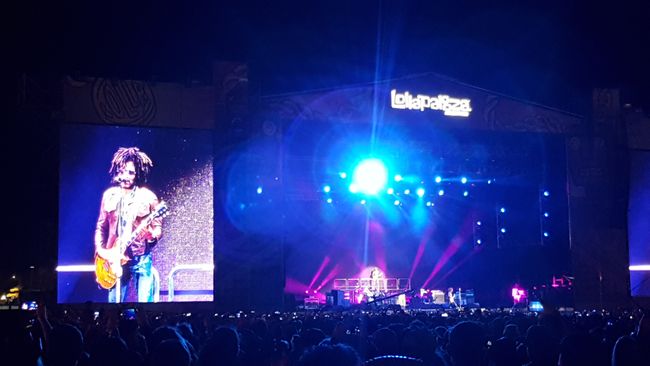
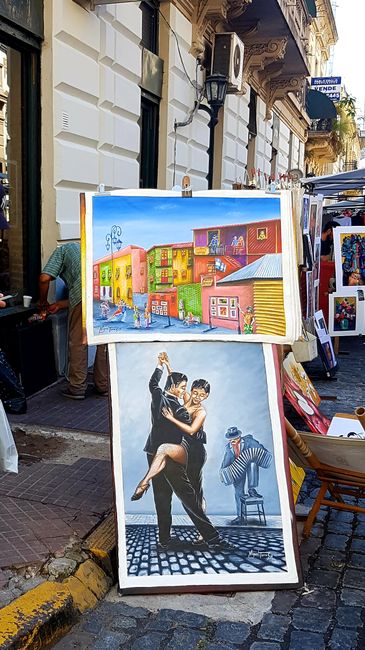
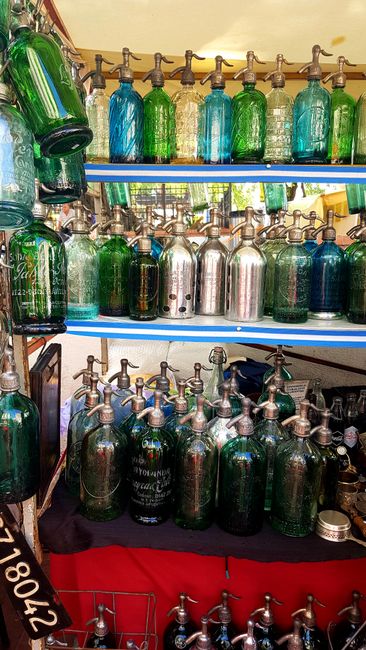
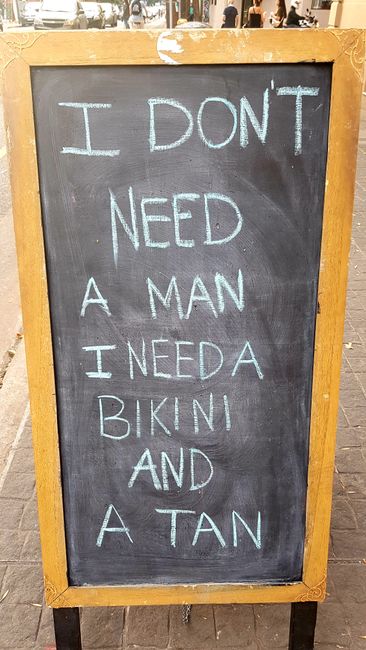
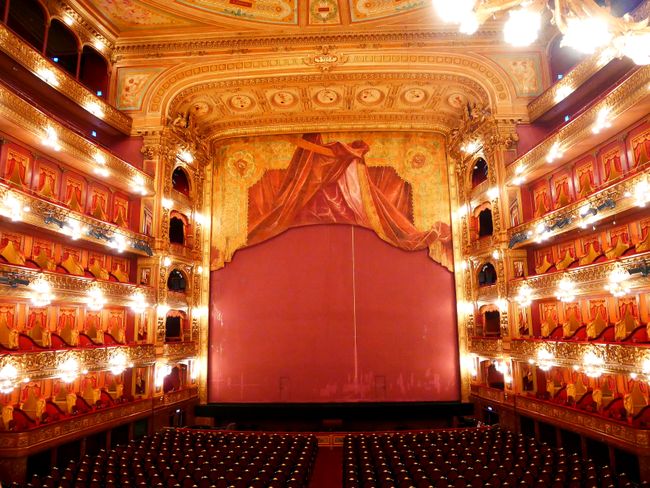
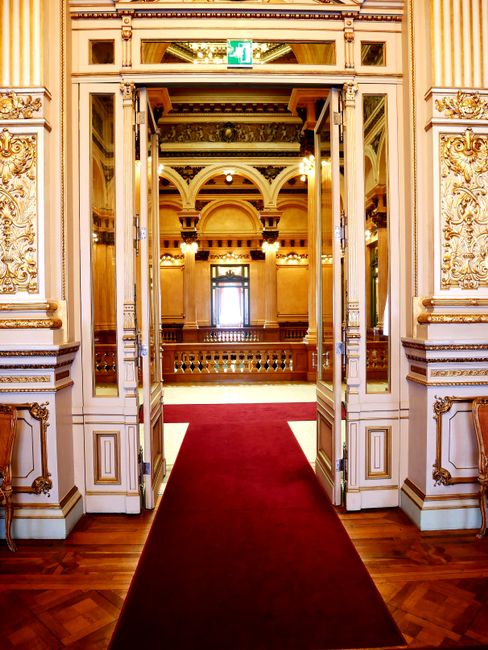
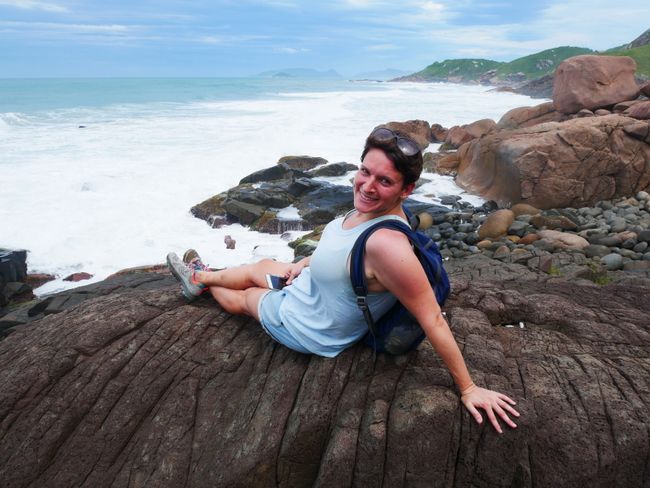
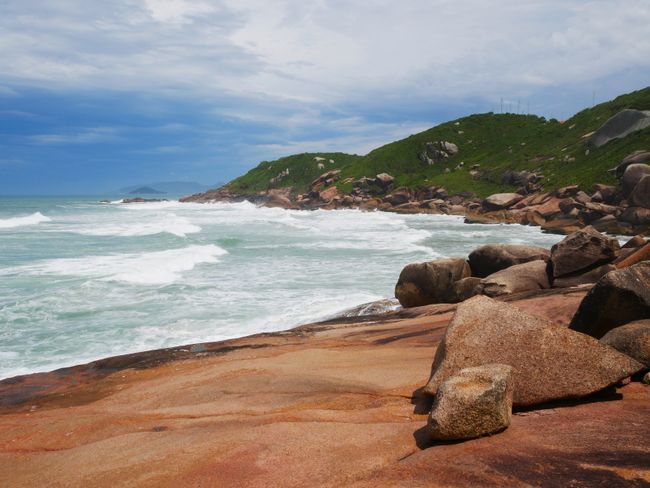

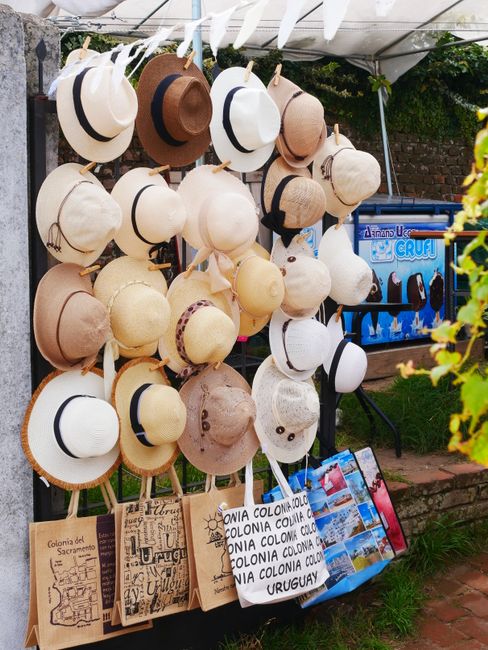
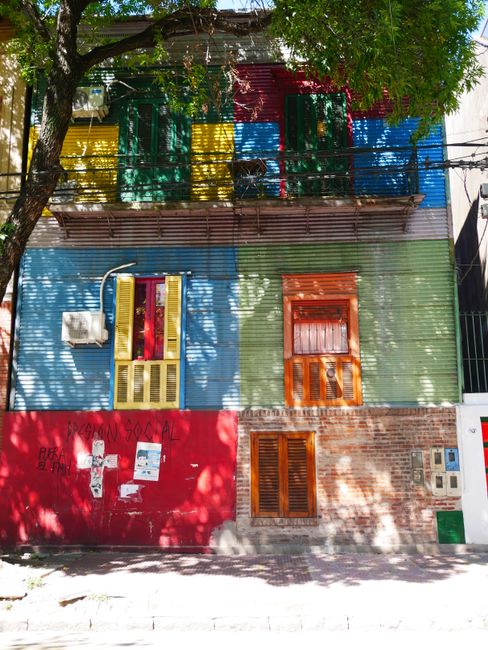
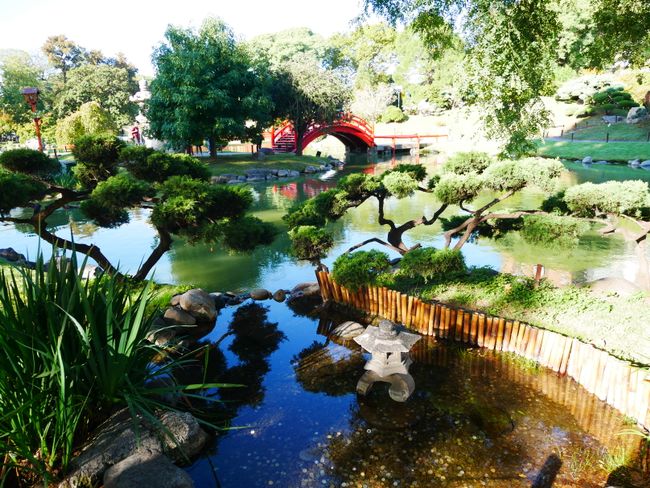
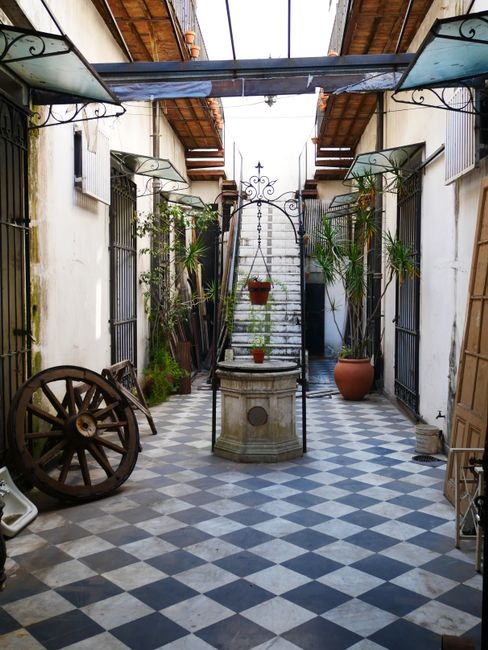
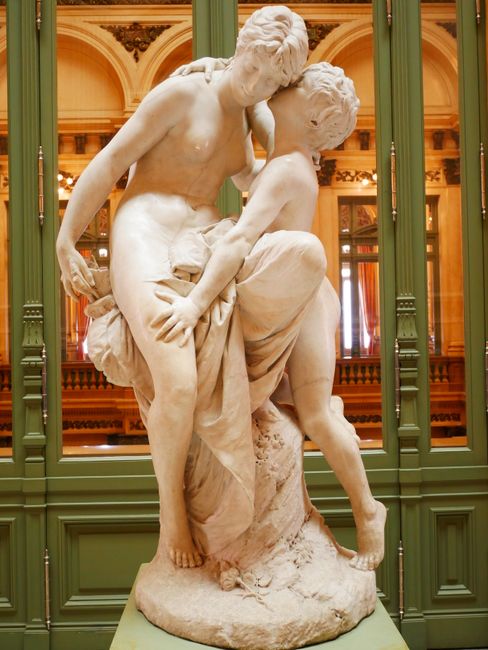
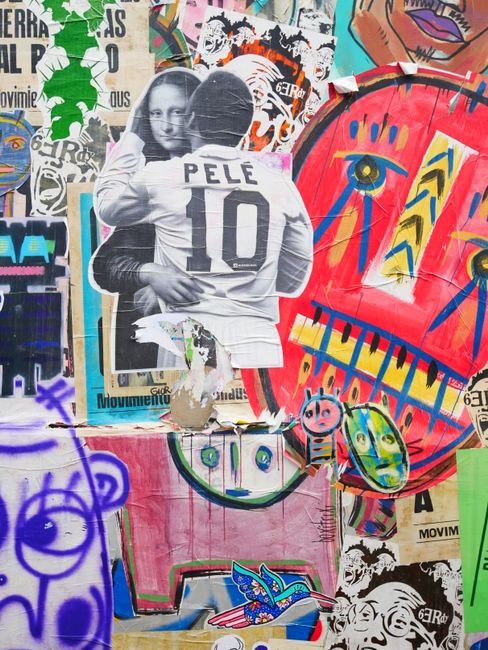
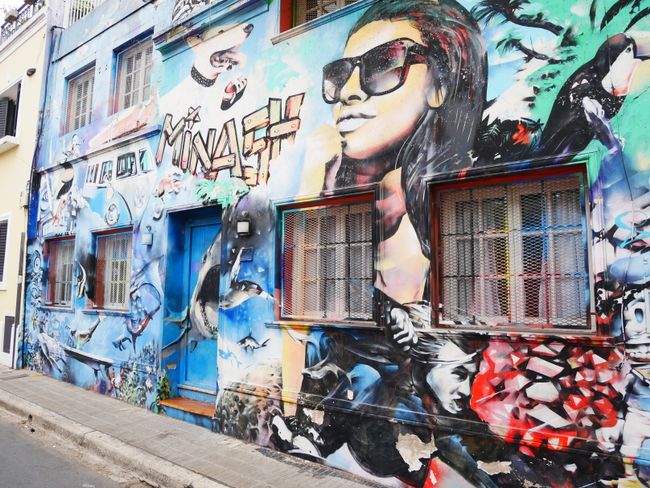
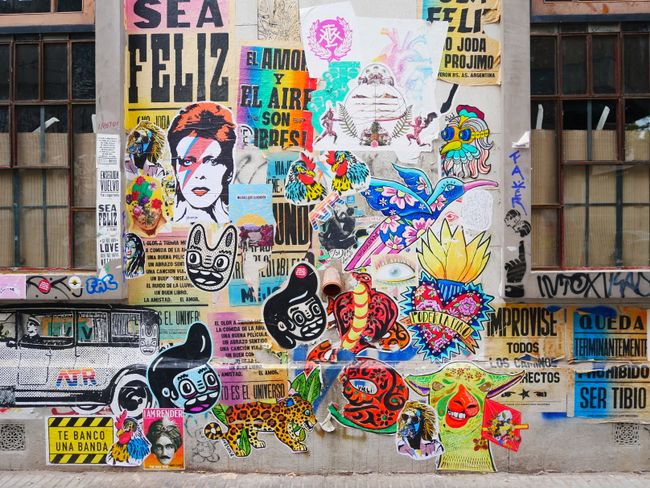
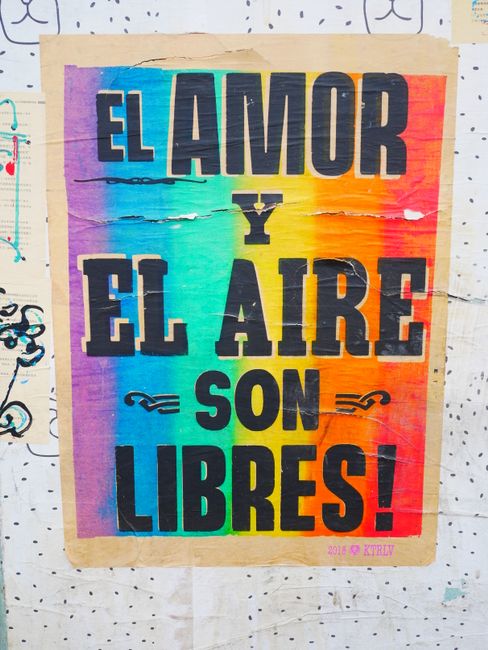
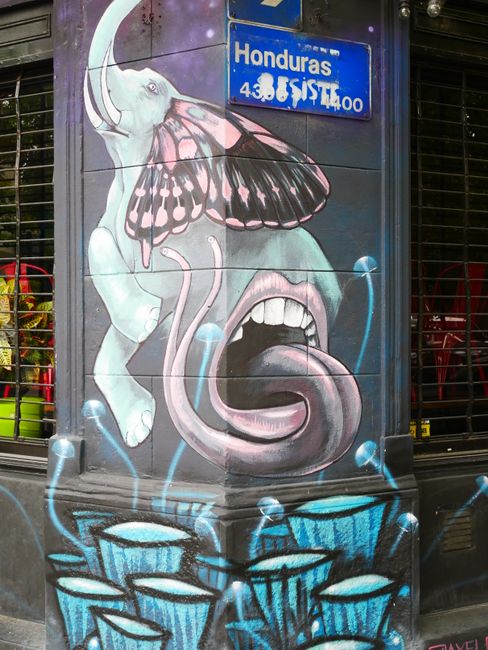
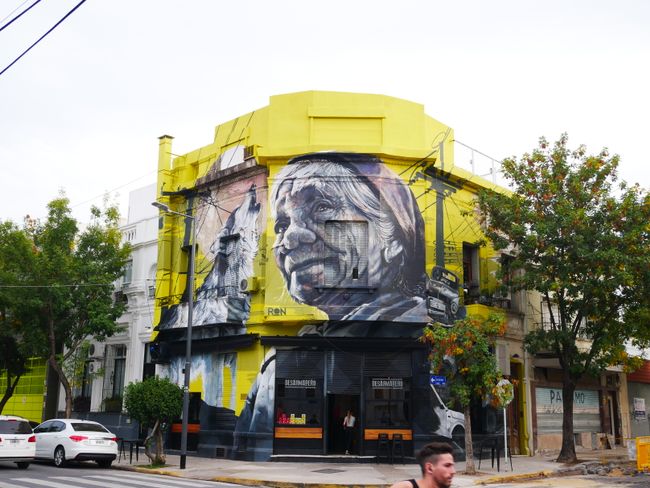
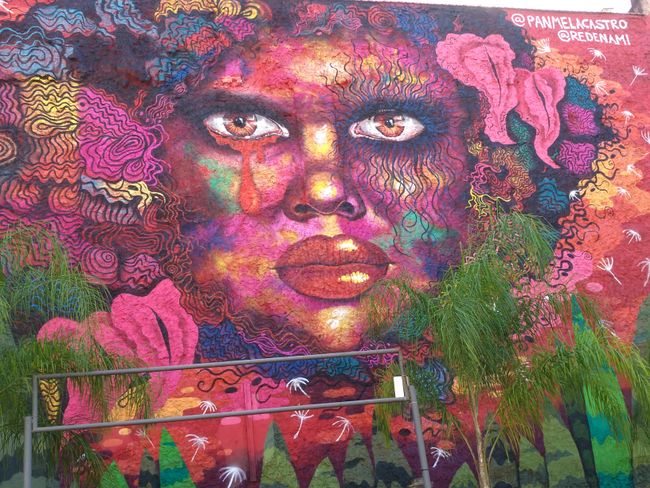
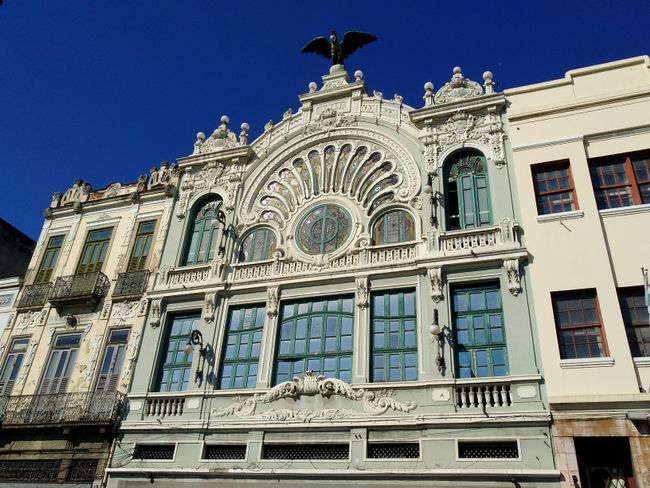
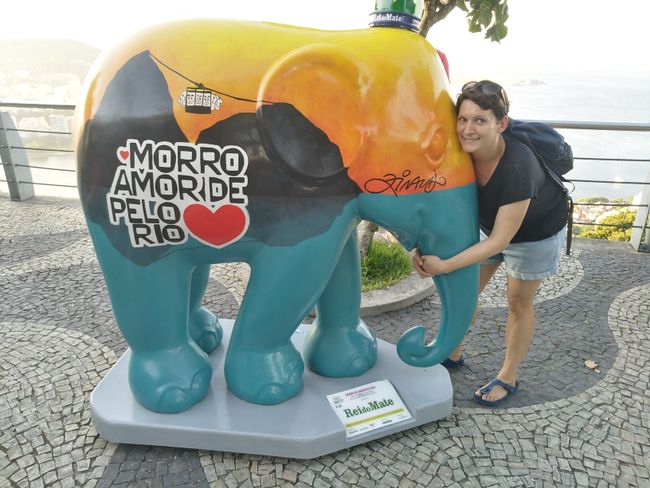
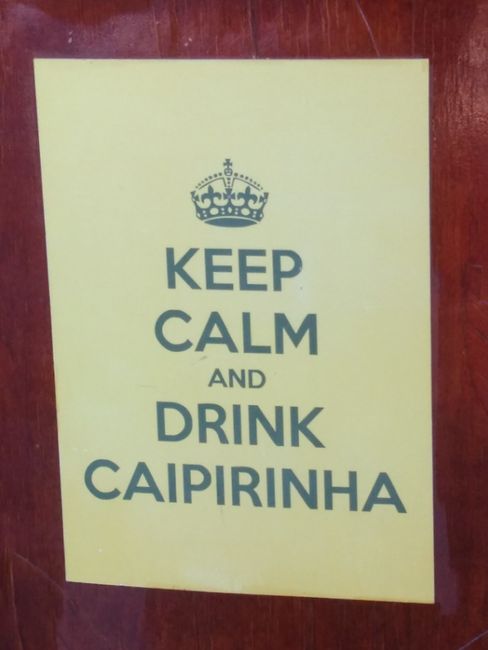
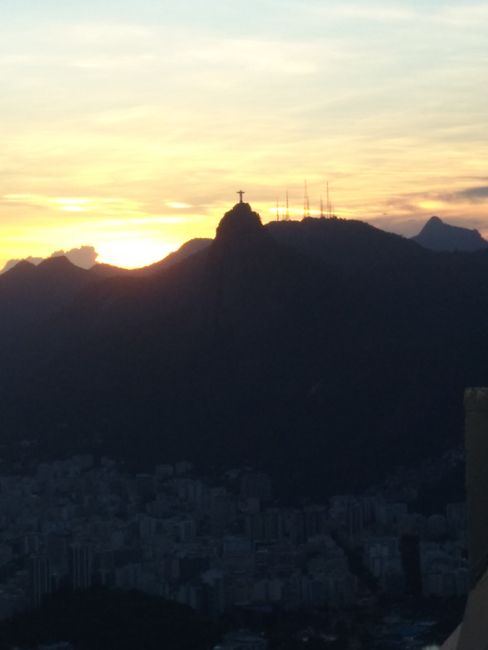
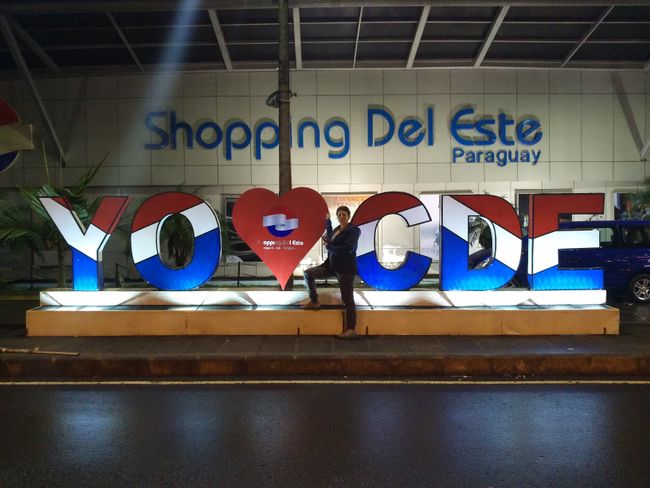

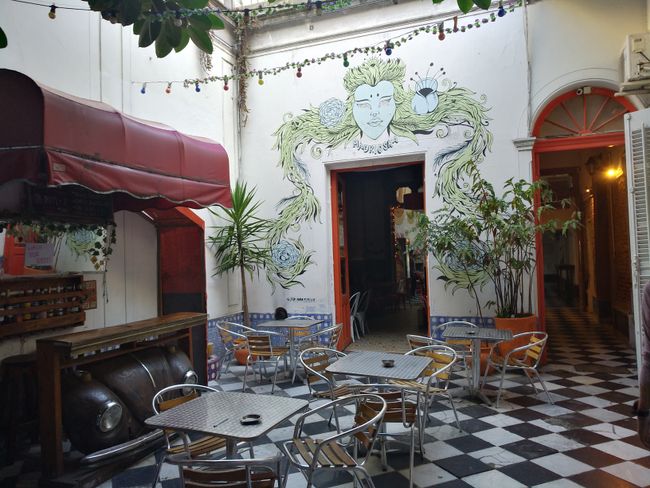
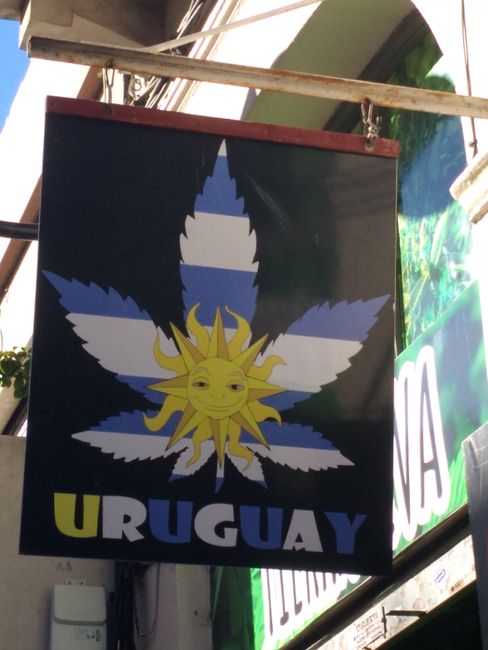
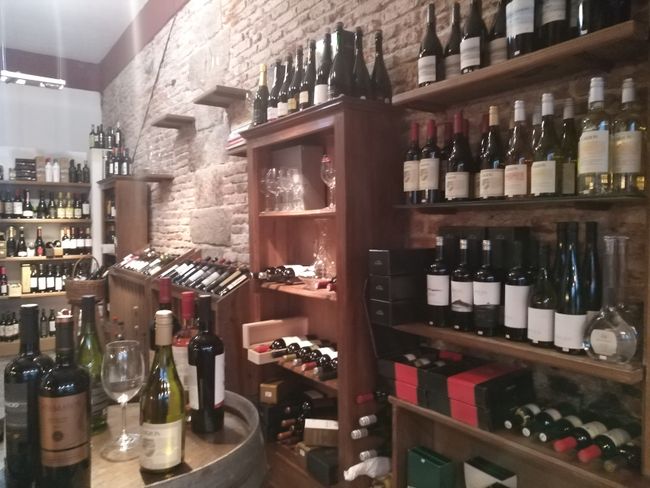
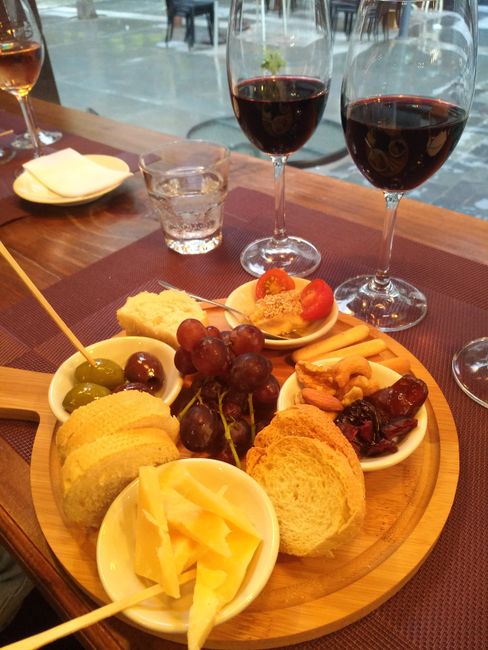
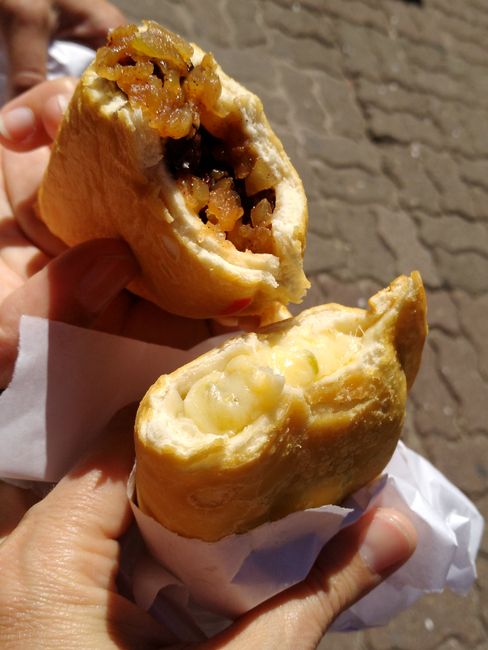
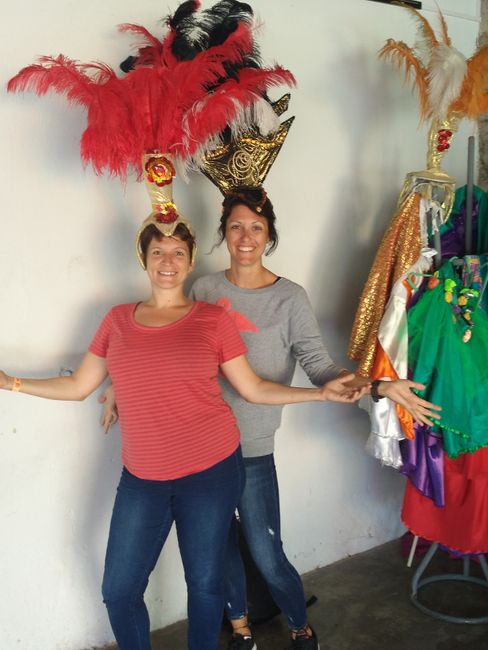
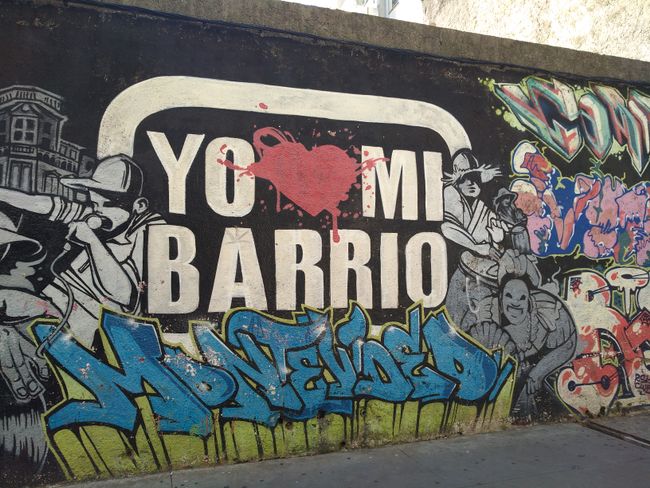
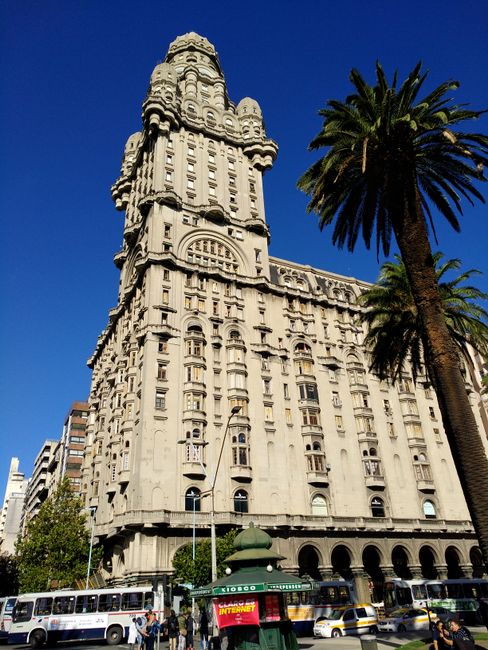
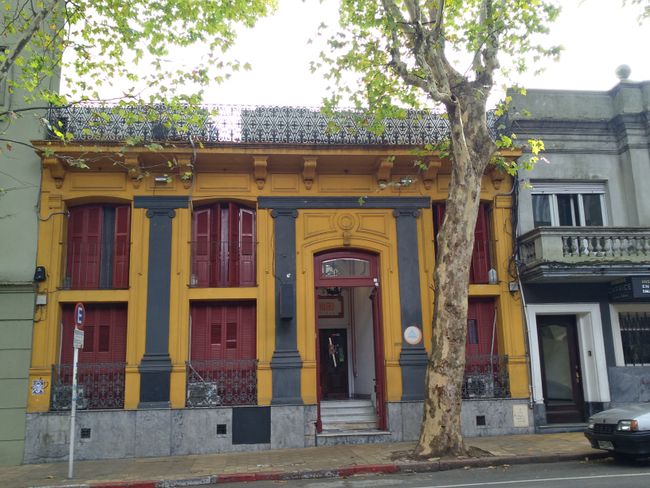
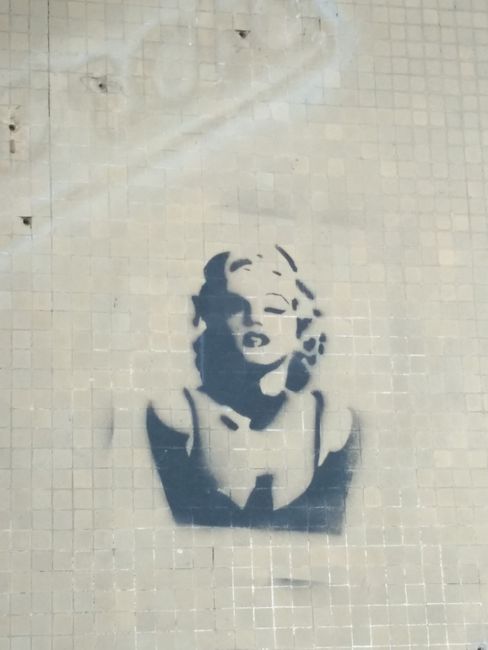
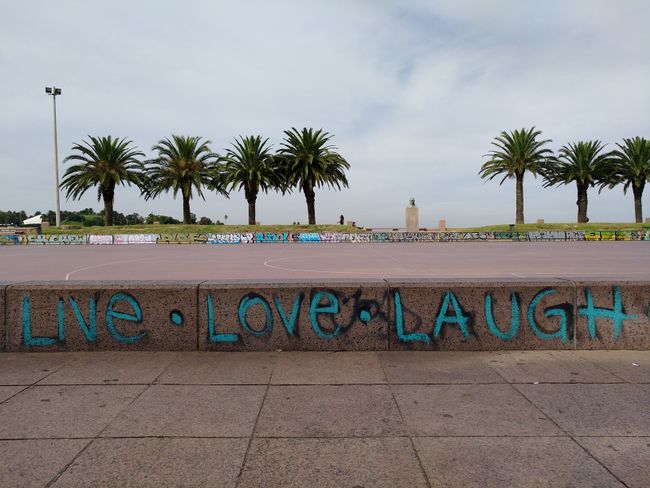


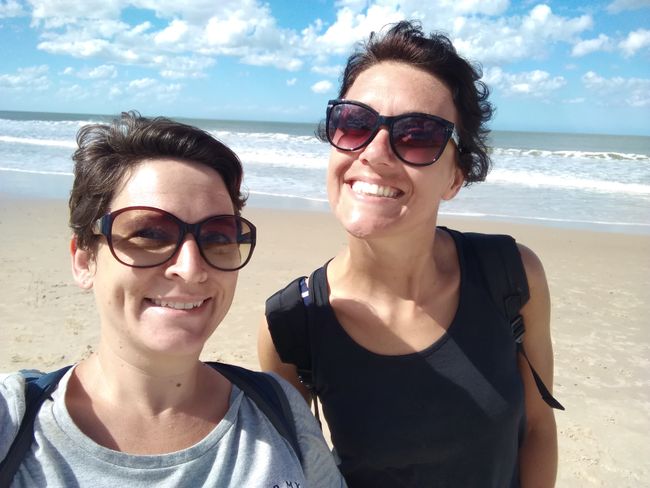
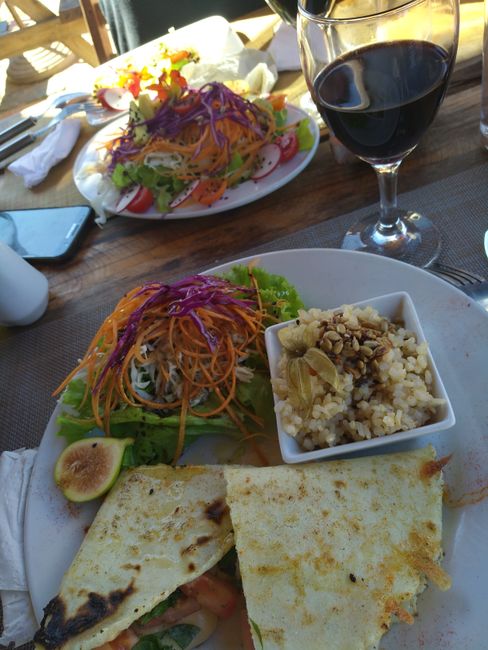

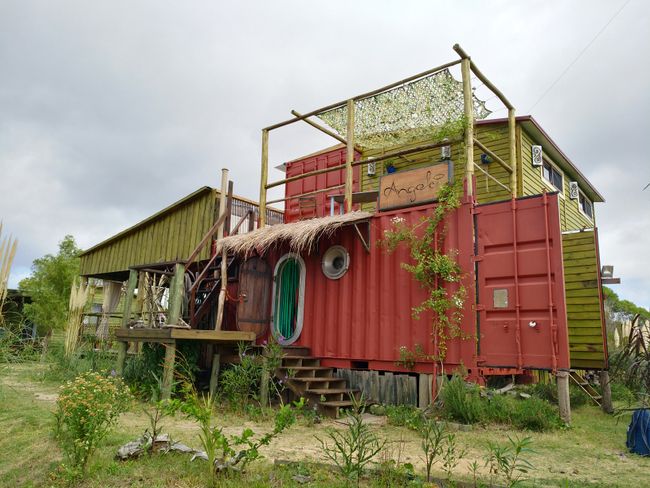
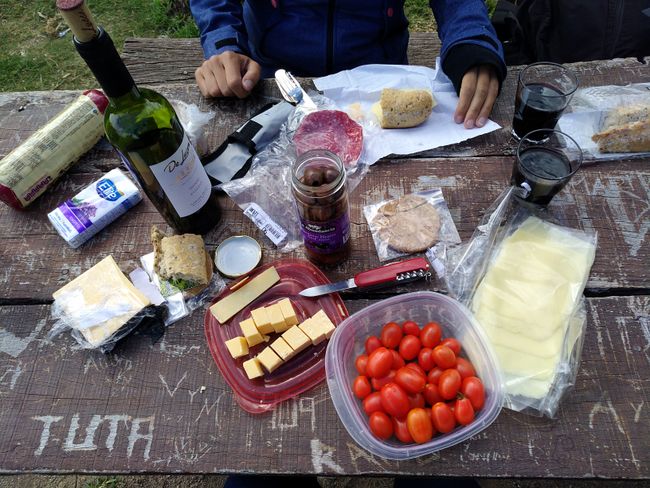

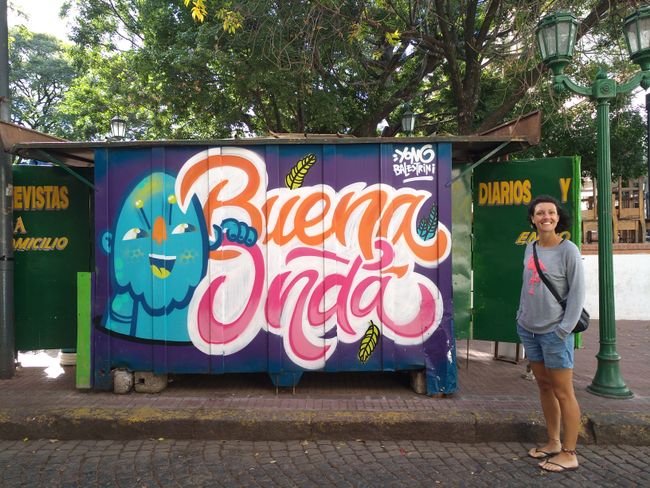
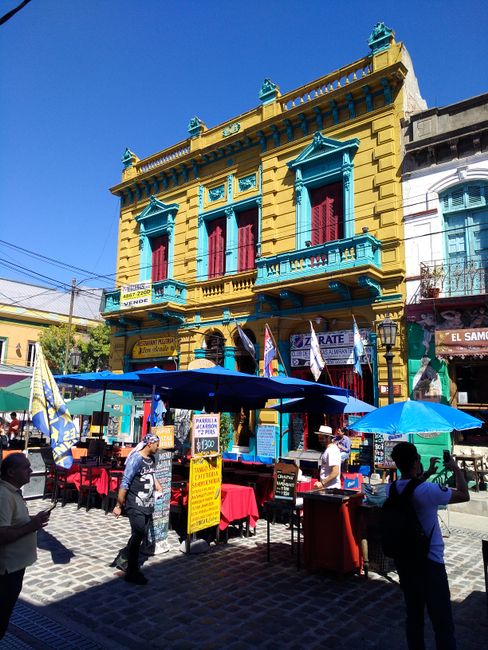
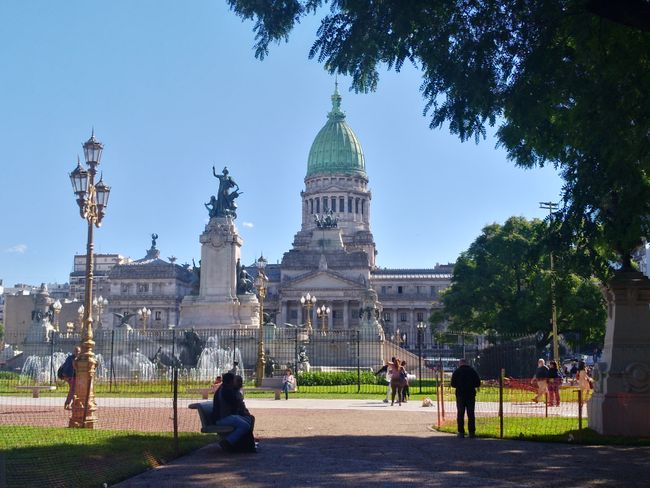
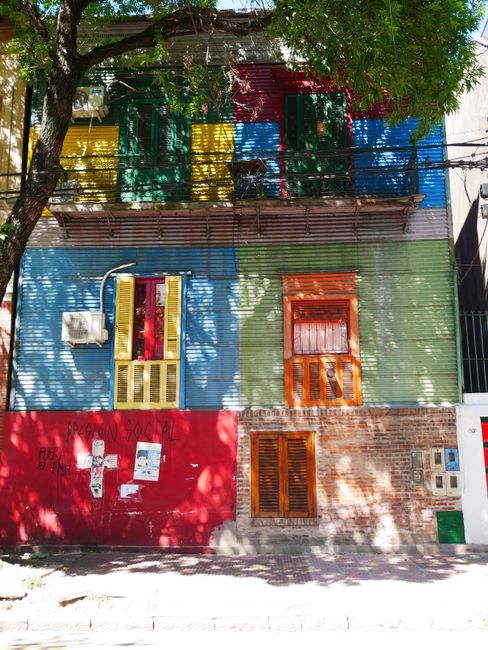
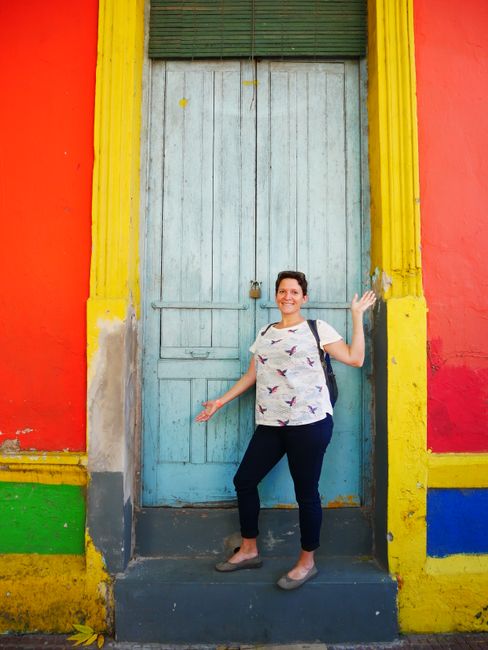
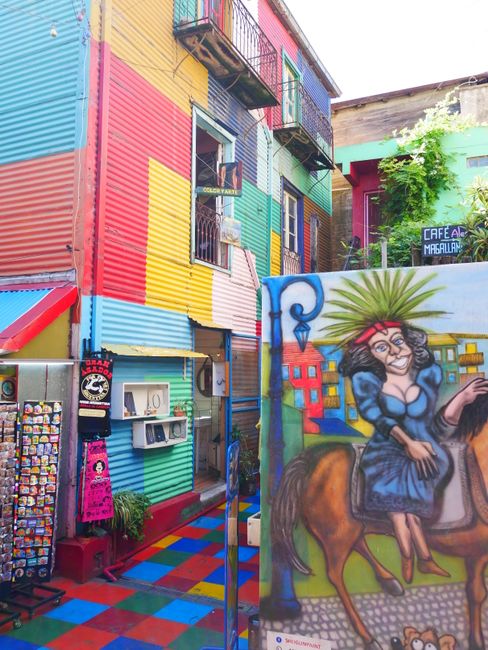
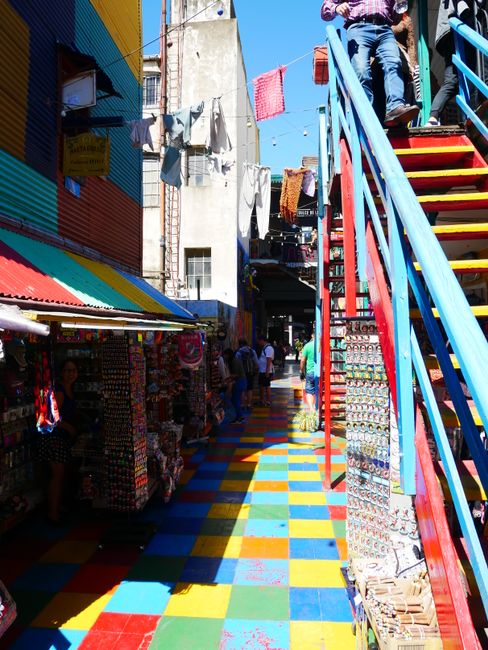
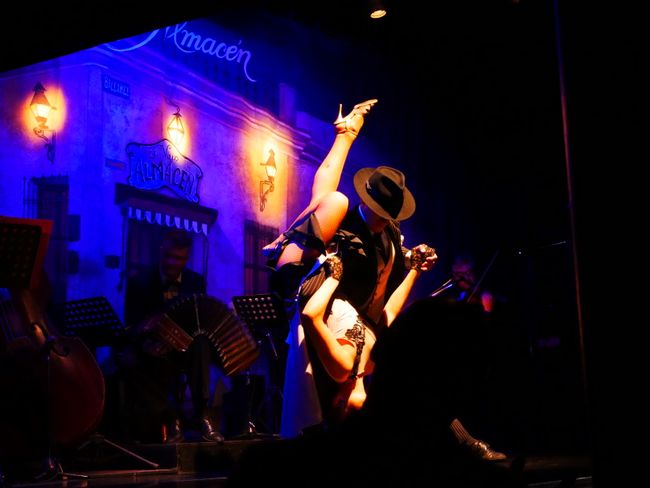
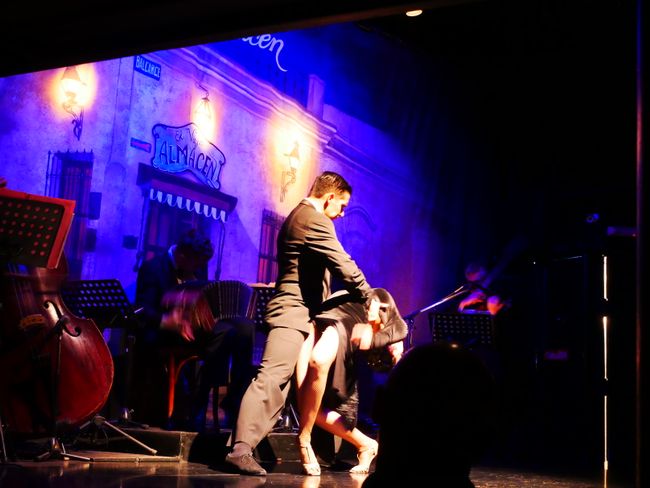
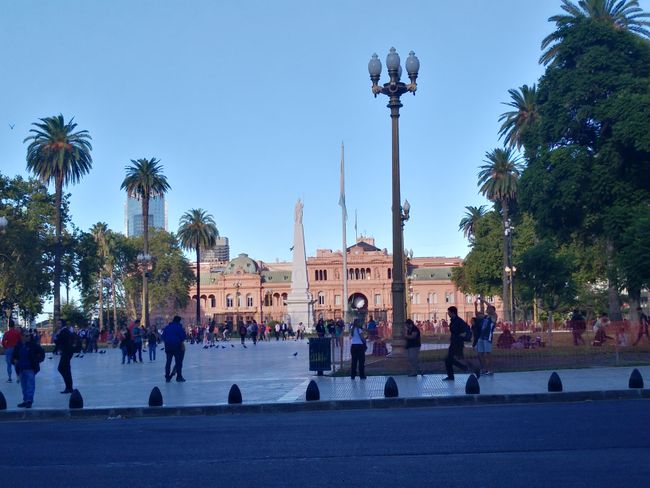
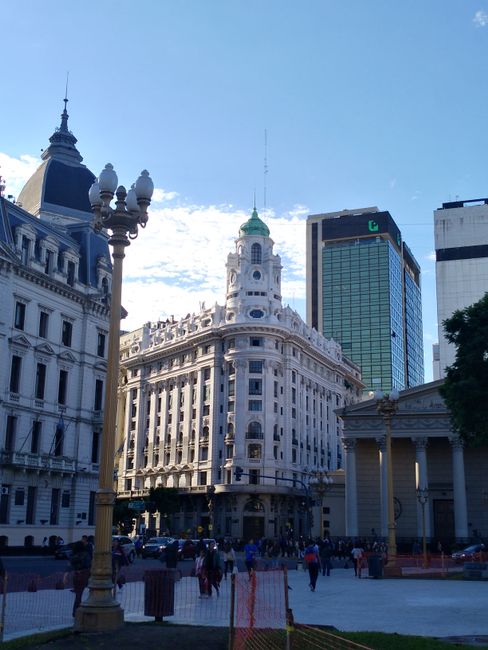
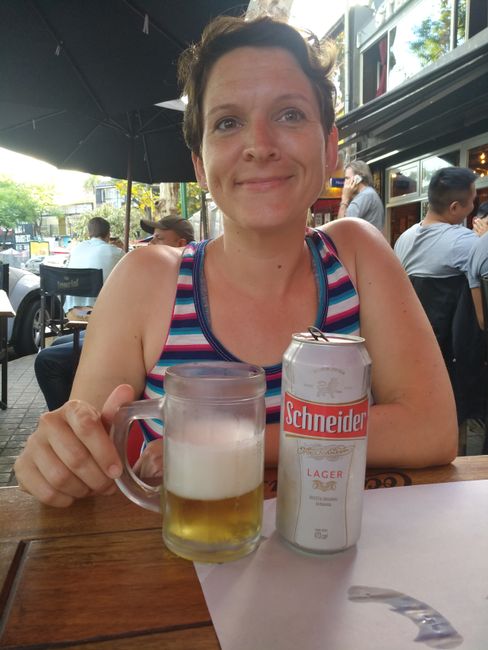
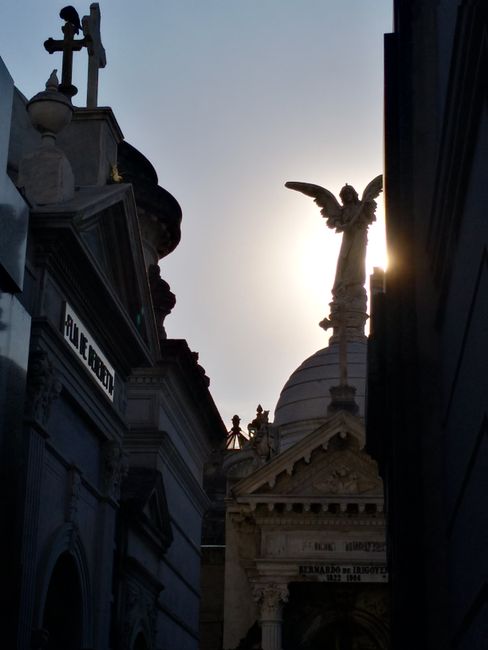
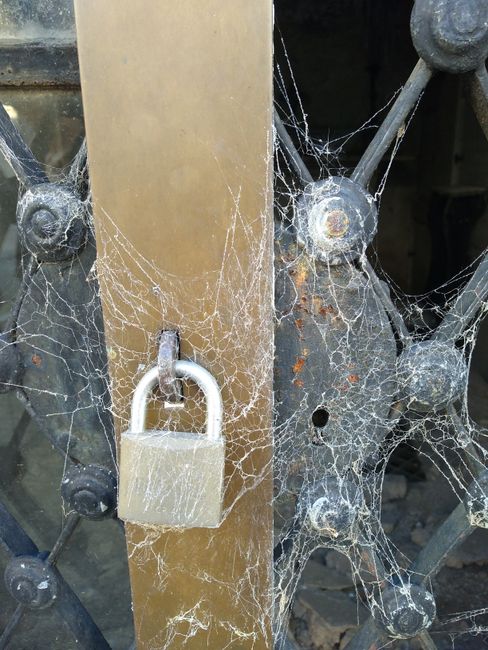

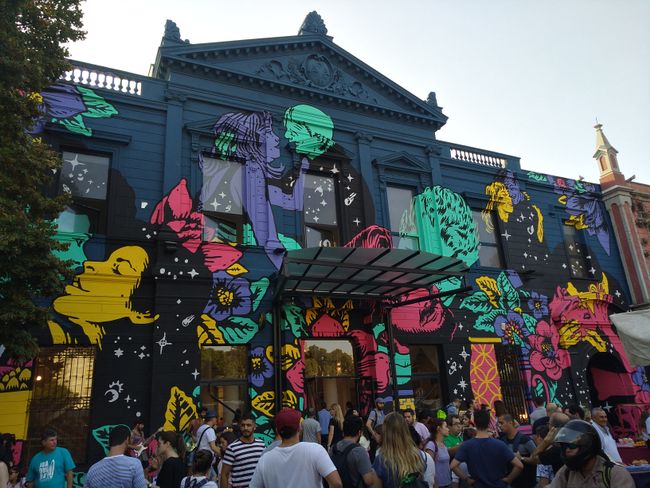
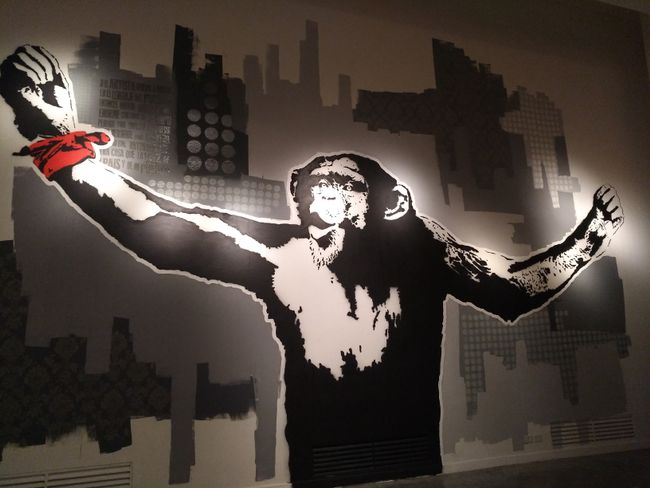
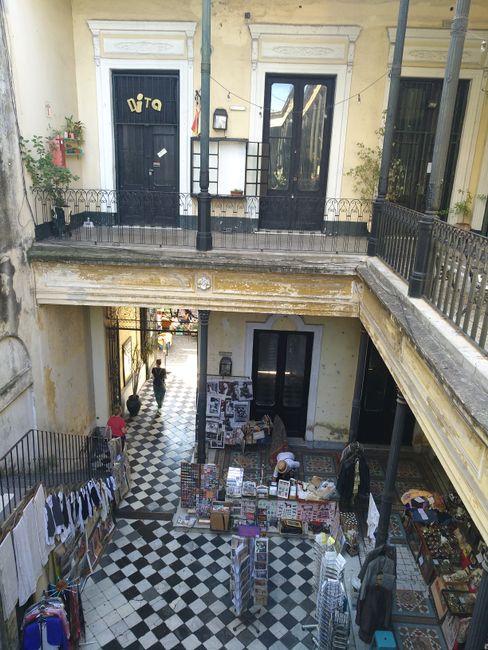
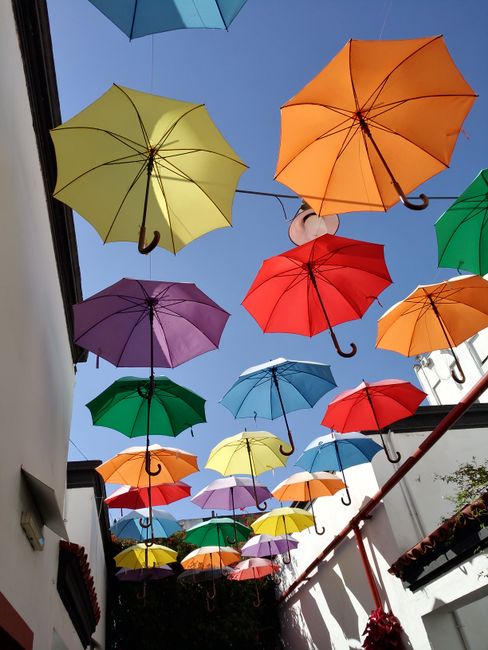
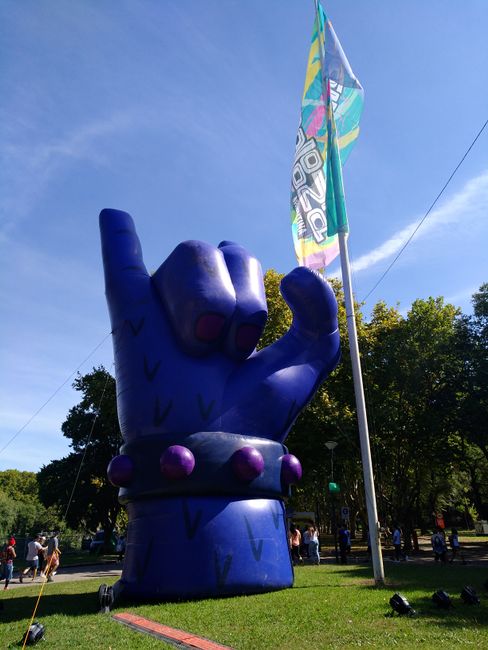
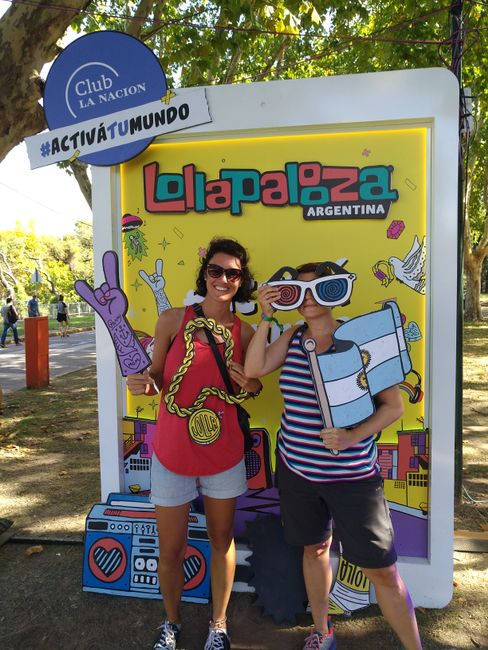


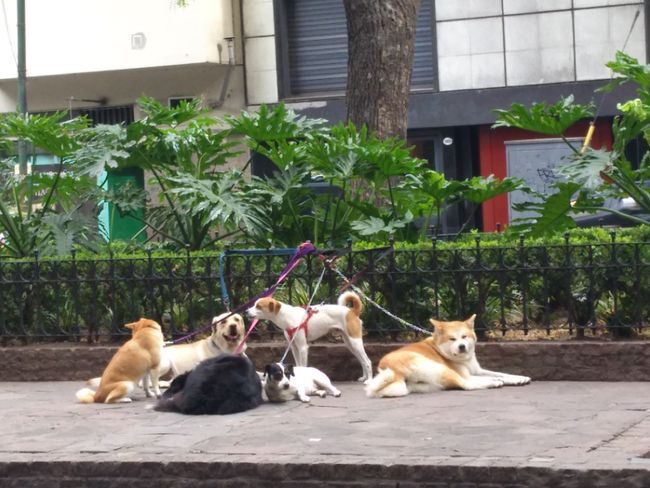
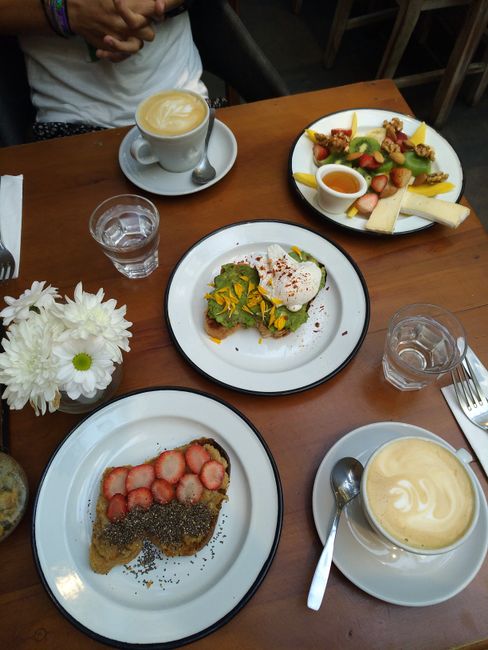
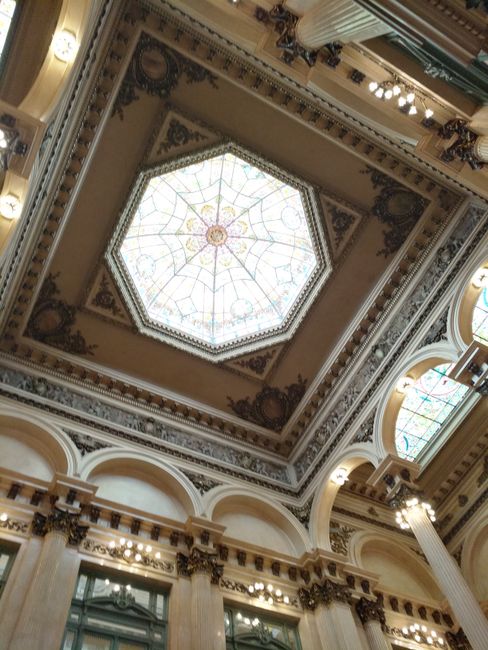
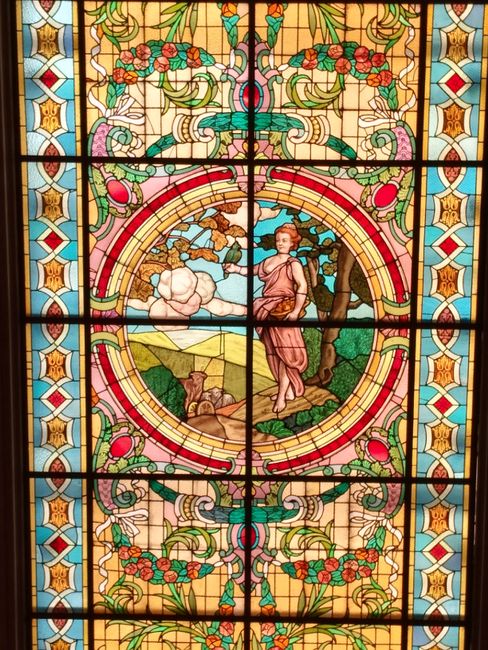
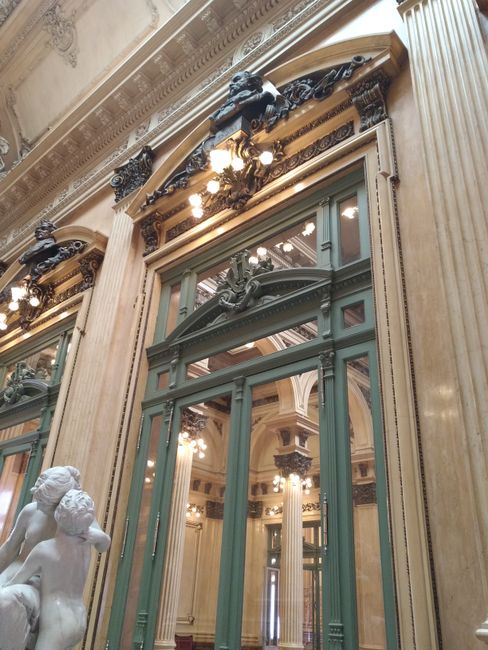
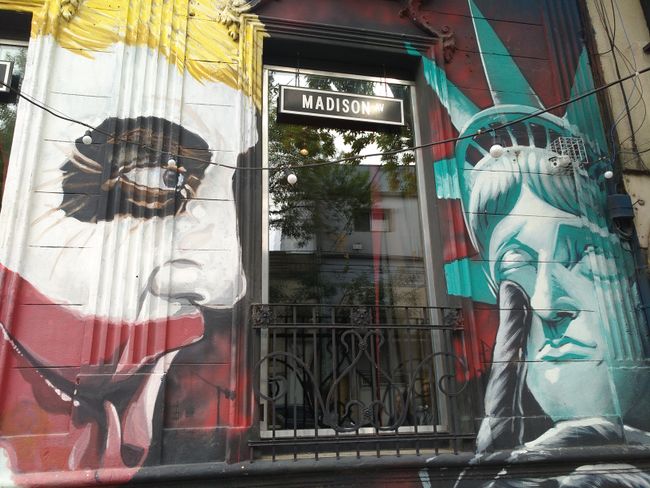


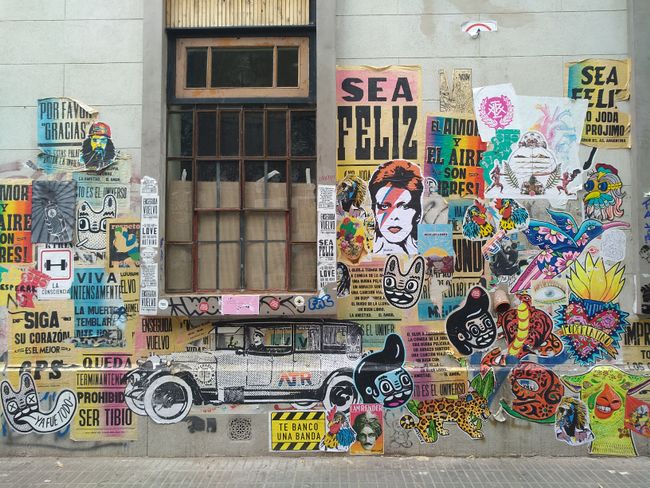
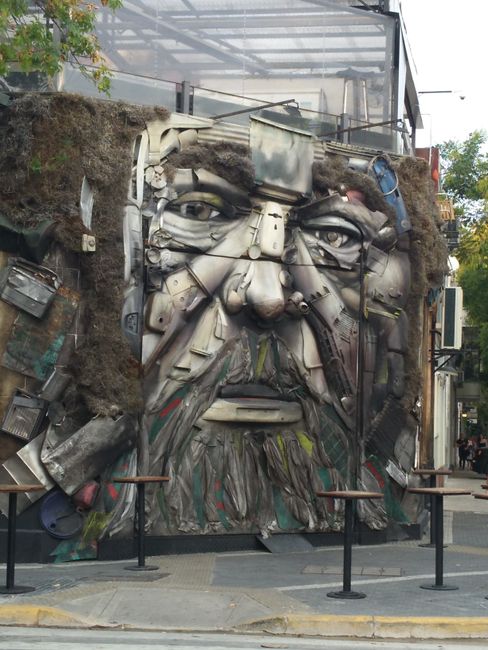
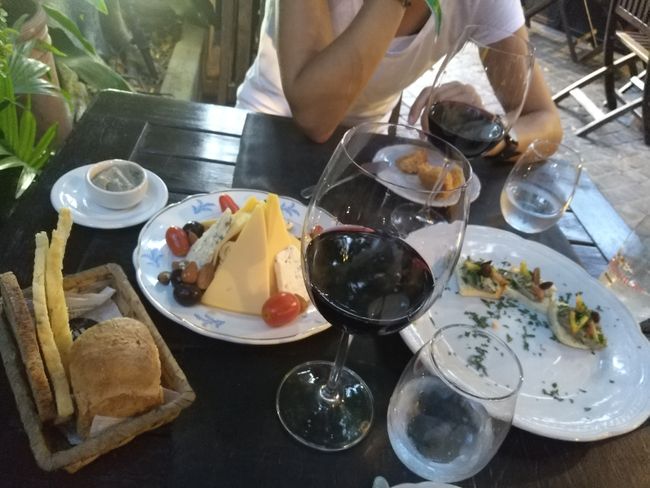
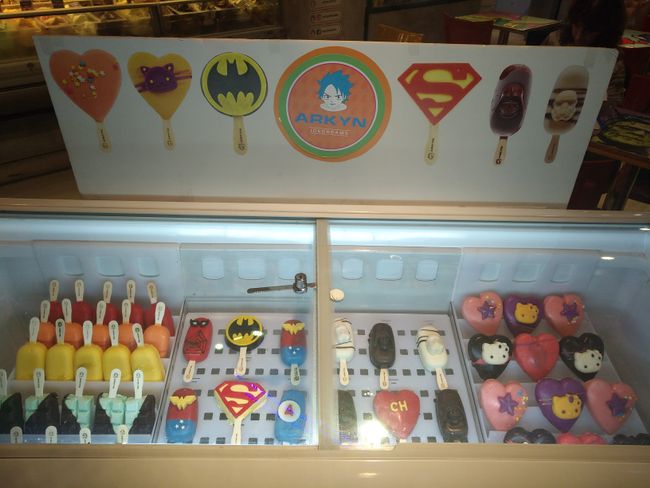
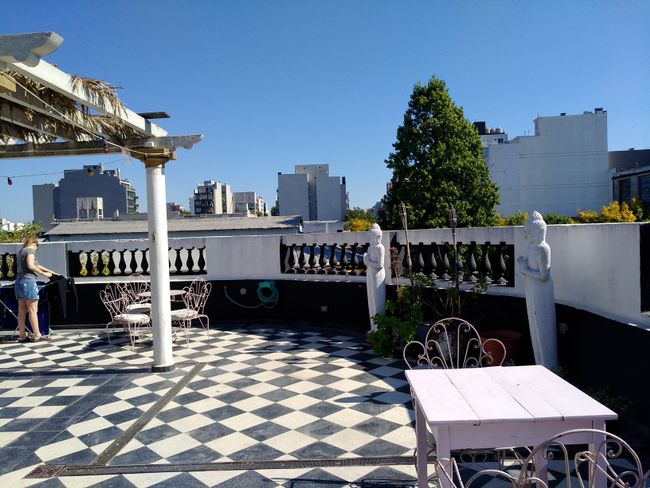
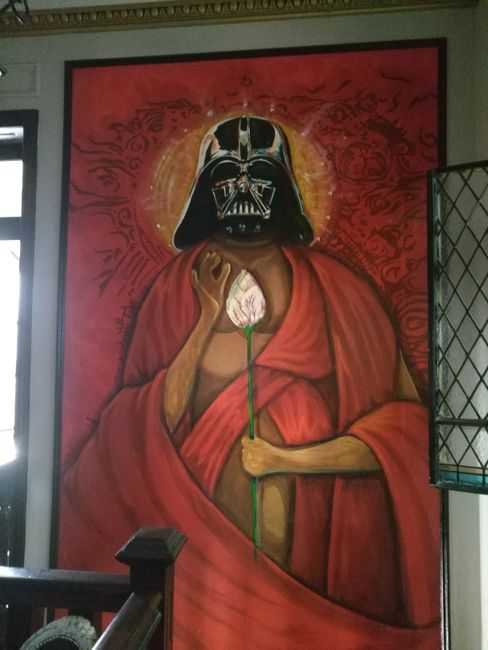
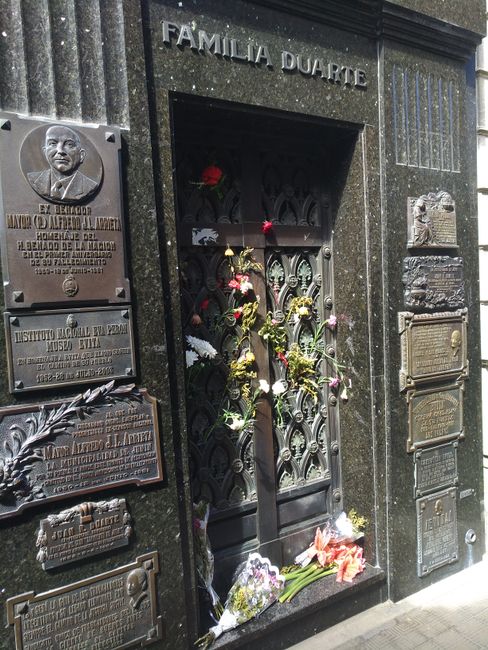
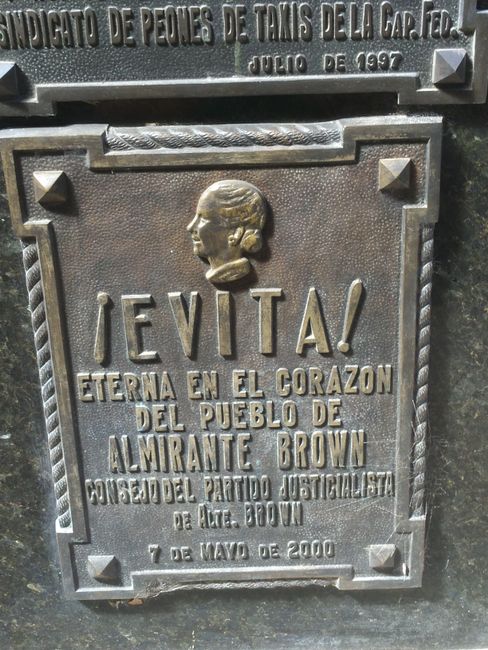
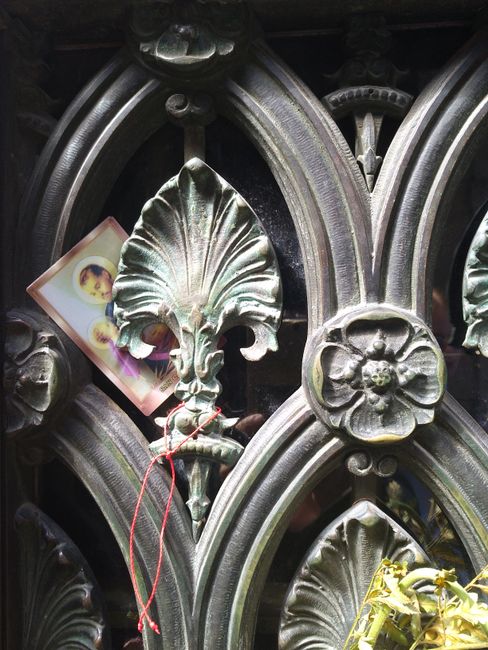
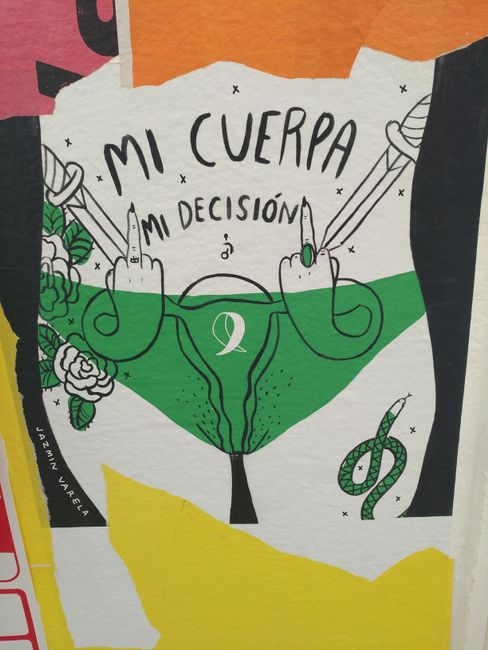

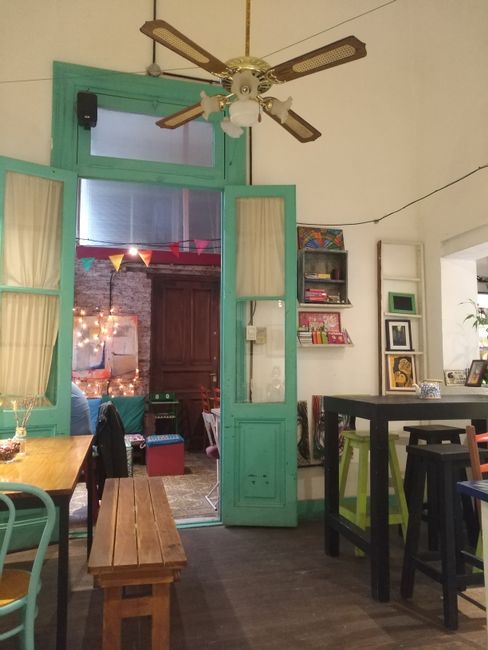
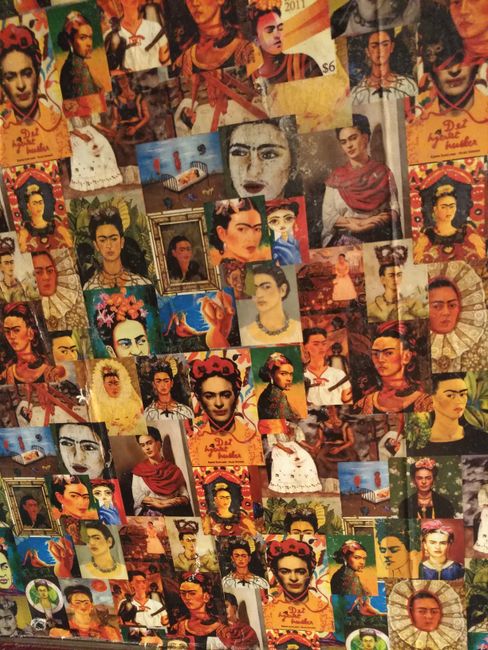
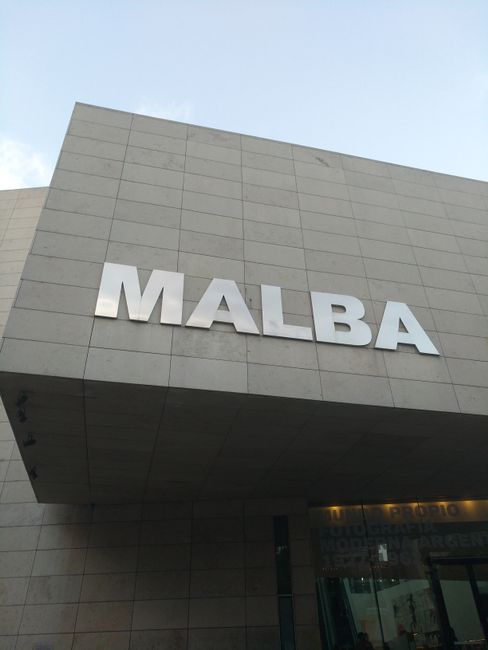
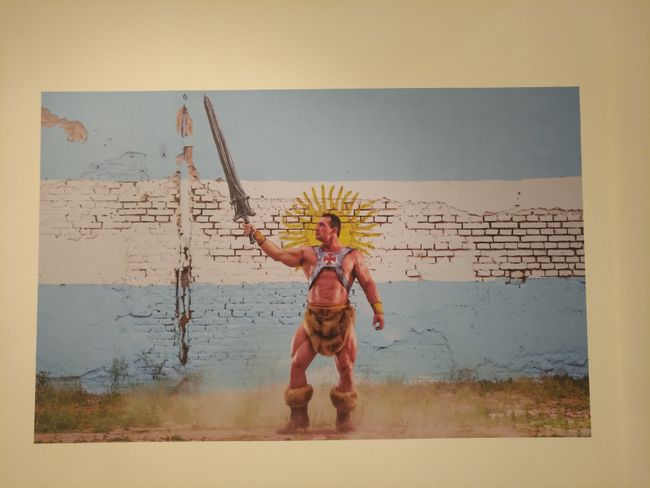
Harpidetu Buletinera
What started as a crazy idea about a year ago turned out to be an amazing trip. "Hey, isn't it also Carnival in Rio at that time? We could go there too since we're on the same continent...!?" Said and done. My girlfriend flew to join me and we spent a great four weeks together. Except for the starting point Rio de Janeiro, the end point Buenos Aires, and the Iguazu Falls in between, nothing is fixed, so we can decide spontaneously what we want to experience next.
Rio captivates us right from the beginning. Apart from the fact that we can now personally experience the famous places like Copacabana, Ipanema, the Christ, or Sugarloaf Mountain, which we only knew from movies, travel guides, or other stories, Rio has much more to offer. We explore some neighborhoods that show themselves in their best colonial and colorful splendor.
A tour through what is said to be the largest favela in Brazil or even South America (Rocinha) and our AirBnB, which is also located in a favela, dispel our prejudices. Until now, I had imagined a favela as the South American equivalent of slums in Africa, full of drugs, poverty, hunger, crime, and evil people.
However, favela actually just means that in this neighborhood, the workers from the countryside who were looking for work in the city settled down and established themselves relatively freely, without a development plan or regulated property rights. Even today, it is relatively cheap to live there, which is why many people, who could afford to live elsewhere, also live there. The city still supports them with free electricity and water.
The organization on site is left to the people. Since there are no street names in the narrow lanes between the houses and a postman has little chance of finding an address, for example, the mail is placed in a basket at the beginning of the lane and everyone takes out what belongs to them. This seems more like a trusting and solidarity-based neighborhood to me. I found the atmosphere to be pleasant. No one paid much attention to us, and it was by no means a dangerous experience. Everything you find in a normal neighborhood is there: grocery stores, banks, restaurants, clothing stores, cell phone shops, fitness studios, schools, churches, sex shops, and much more.
We are particularly excited for Carnival, which was the reason why we originally came here. We first went to two parades and a smaller party on a street. The locals celebrate their party there. Since it is really hot, most costumes consist of a bikini or swim trunks and glitter on the face or bare skin. The music is loud and rhythmic, there is alcohol, but everything is much more civilized and relaxed than it would be at home. Young and old dance together, and skin color doesn't matter as the population represents all shades.
However, there is one thing that is very noticeable, regardless of Carnival: there are a damn lot of attractive people. The men, who of course catch our eye first, are all very well-trained. This can be easily determined since almost everyone is walking around without a shirt. We couldn't stop marveling. But it's not just the physique, the faces are also really beautiful. The girls often have model-like attributes. And even if there is a bit more hips and butt according to Western taste, it is proudly displayed on the beach.
The classic Brazilian bikini bottom is cut much narrower and more towards a thong. The counterpart for men is the "sunga", the tight-fitting swim trunks that we know from the 70s, which doesn't leave much room for speculation. While the rest of the world has moved towards airier models after the decade, the national fashion stubbornly persists. Even the South American neighbors find it strange and make jokes about it.
As in any big city, personal freedom is strongly embraced here. You can see many same-sex couples or individuals who have a very individual style of clothing and therefore do not fit into a single category. The beautiful thing is that nobody seems to be bothered by it. The world is colorful, and so are we.
Our highlight of Carnival was the Champions parade in the Sambadrome. In advance, we decided against buying tickets for a lot of money. The parade takes place at the very end and presents the six best samba schools that have danced their way to the top through eliminations over the past few weeks. Since we didn't like the idea of buying tickets from resellers with exorbitant markups, and the supposed ticket shop in the synagogue raised our skepticism, we spontaneously decided to go to the black market and quickly found what we were looking for. The sellers were very kind, and of course, we had to take a commemorative photo together.
The seats turned out to be perfect, as we could see everything right from the beginning and didn't have to wait in the alley - the Sambadrome is an almost normal street with stands on the right and left - for the parade to approach us. Since each school gets an hour, there are breaks in between, and it doesn't start until 9 pm, the whole thing lasts until the early hours of the morning. However, we didn't last that long. Even though the costumes and floats were truly breathtaking. Each group within the school, represented by 3000 people each, had magnificent and elaborately designed costumes.
And they could all dance! The roles were not necessarily based on male/female. Hips were swayed, and legs were thrown in all directions at breakneck speed. Often several meters high on a float that wobbled like a cow's tail. The atmosphere was simply indescribable. Everyone in the stands danced along, cheered when their favorite team entered, and simply celebrated. The fireworks at the start of a new school gave it the right touch. We were both just overwhelmed by all the impressions and were very happy that we could still go to the Sambadrome. Truly a unique experience.
In addition to two beach stays in Arraial do Cabo and Florianopolis, where we simply enjoyed ourselves, the next highlight was the Iguazu Falls. Listed as one of the Seven Wonders of Nature, they are wider than Victoria Falls and higher than Niagara Falls. To get a complete overview, you should visit them from both the Brazilian and Argentine sides. The water rushes down almost 3 kilometers. It's about 7,500 m³ per second. Besides the impressive masses of water, I particularly found the coatis, which roam freely everywhere and try to steal food from tourists, and the capybaras especially cute.
Actually, I'm more about exploring a country extensively and not just checking off one stop. However, we couldn't resist getting an additional stamp in our passport in Paraguay, which was only 10 km away from Foz do Iguazu. It was supposed to be a nice dinner, but it turned into a meal in a food court in a shopping mall that had already closed when we finished eating.
Uruguay was inevitably on the way towards Buenos Aires. And it turned out to be an unexpected gem. Despite its 1.4 million inhabitants, Montevideo feels very manageable. It is the capital and the country's economic and cultural center. There are only 3.5 million inhabitants in the whole country, so one can easily grasp the importance of Montevideo.
What I have seen of mate consumption so far has been exceeded in Uruguay. Really everyone walks through the city with their thermos flask clamped to their elbow. A sympathetic tour guide roughly explains the historical context to us. Uruguay has been able to assert itself between Brazil and Argentina and seems to be doing very well economically today. Uruguay excels in two things: meat production and consumption, and football. It is the only country with more inhabitants than cows. The country has 4 cows per capita. What is not consumed by grilling it asado or chivito (a sandwich with grilled meat) is exported.
As for football, the guide was firmly convinced that Uruguay is the greatest football nation of all time. He proved it with the greatest achievements in terms of the number of inhabitants. The first world championship title ever went to Uruguay in 1930, and a second one in 1950, so and so many World Cup participations and high rankings, they have also won the Copa America several times, etc... The passion can also be seen in the fact that celebrities of the city are honored with a star on the Walk of Fame. Of course, Suarez and other football folk heroes are right at the front.
By the way, the scent of Montevideo is a mixture of marijuana and garlic. There are many delicious restaurants, and because cannabis is legal here - everyone can officially buy the proud amount of 40g per month - it is often consumed in public. Another good reason for Uruguay is the good red wine. The Tannat grape variety is predominantly grown here. We extensively tasted the different wineries and found the wine quality to be recommendable.
So, here's some special knowledge in case Günter Jauch ever asks you. The name of the capital is derived from the fact that it is the sixth hill or mountain from east to west: Monte VI (Roman numeral) De Este a Oeste = MonteVIDEO.
In addition to Montevideo, we also visited Punta del Diablo, a beach resort near the Brazilian border, and Colonia del Sacramento, which is really quite charming with its colonial houses.
And then it was already time for the last joint destination, Buenos Aires.
Buenos Aires is undeniably the center of its country. Of the 44 million inhabitants of Argentina, 13 million live in the city of Buenos Aires, and another 10 million in the homonymous district. This is where the huge country is governed and regulated. Demonstrations and protests, which take place almost daily and are almost a national sport, are held here in front of the Congress and in public squares. Currently, the political discourse is shaped by the women's movement.
Laws have been submitted for more than 12 years that aim to legalize abortion or ensure self-determination regarding it, and they have been rejected. Recently, all necessary voting members were picked up in advance, and yet with a small majority, they voted against changing the existing law. Since then, emancipation has become louder in other areas of life, demanding more self-determination. The green triangular scarves that were distributed at a rally a few weeks ago can be seen on wrists, backpacks, and dog collars.
The city is a unique mixture of Spanish, French, Italian, and British influences. Also known as the Paris of the South, the old colonial houses are beautiful to look at. Culinary delights have been picked out and Argentinized from the various immigrant kitchens. The national dish is, of course, pizza, but you can also find medialunas (croissants), derived from croissants, together with cafe con leche as the standardized and affordable breakfast.
The city owes its former size and influence in South America to its port. The inhabitants of Buenos Aires are therefore also called Porteños. It was also the hearts of these ordinary people, mainly from the colorful La Boca neighborhood, who won over Evita back then. Coming from a working-class background, the workers felt that their interests were more represented by Eva Perón than by her husband, the president. Her admiration due to her social commitment went far beyond her death. Even today, almost 70 years after she died at the young age of 33 from cervical cancer, she continues to live on in the hearts of Argentinians. The grave is surprisingly very simple.
It is clear to see that Argentina has a magnificent early past. Even 20-30 years ago, the country was doing very well. The peso was worth about the same as the US dollar, so one could travel and enjoy life without any problems. Today, the exchange rate is around 1:45. Already twice the government devalued the money to counter the crisis. Suddenly, 25% of the money you have in the bank is gone. The salaries receive inflation compensation, but never in full and especially not at the time to compensate for the inflation. Unfortunately, the little man, who actually has a good job compared to others, is the one paying the price, and he can no longer afford to travel to another country, even though he should be able to. When I was in Argentina four months earlier, I got about 20% fewer pesos for my euros than I do now. Menus have to be reprinted quite frequently due to price fluctuations. I had not been aware until now how fortunate it is to live in a country with a stable economy.
Culturally, there is a lot to offer. Whether it is theater, museums, art, or music, there is something for everyone. Tango is omnipresent, whether in public squares, tango shows, or tango lessons. However, I cannot estimate how much enthusiasm there really is for the traditional dance outside of its tourist purpose.
A very Argentine experience was attending a football match. In advance, we spent a lot of time researching. Some advised against going as fans cannot be controlled. On the other hand, it was said that you can only buy tickets if you are a member of the fan club. A tour is also offered, of course, for a lot of money, but unfortunately not at the time that was possible for us. So, we decided to do it on our own.
As so often during the trip, whether alone or with my girlfriend, I was pleasantly surprised by how safe situations were that people had warned us about. Granted, you should keep your eyes open and calculate with the prices, and it's good to occasionally question things critically, but we never encountered a truly dangerous situation. So, off to the stadium. And what can I say? We sat comfortably in the family section with many dads, moms, and children and ate popcorn.
As we have learned in the meantime, for about 10 years now, fans of the opposing team are no longer allowed to attend matches. At first, it feels a bit unusual since there are only chants for one party, but that doesn't detract from the atmosphere at all. Neither does the fact that no alcohol is served in the stadium. The fans of San Lorenzo de Almagro drum, sing, and clap away. Banners and flags adorn the fan curve. And that even though the team is not doing well in the table at the moment.
Even though our visit to the stadium went smoothly, football is still an extremely serious matter. While here in Germany, you can ask someone casually about their favorite team without risking offending them, a remark that you want to attend a game of a certain team here can lead to death-stares. A taxi driver, whom we wanted to hire for the ride to the stadium, reacted as if we had accused him of killing his parents. Of course, he was a fan of one of the two biggest clubs in Buenos Aires, Boca Juniors or River Plate, and therefore against everything else.
Although we had a nice small talk at the beginning of the trip, the conversation was limited to the necessary minimum after the San Lorenzo remark. We were lucky that he didn't throw us out of the car on the spot.
And then the time together unfortunately comes to an end. We have experienced so much. But more than that, I have enjoyed the company. The many funny and serious conversations with my dear friend, the occasional glass of wine or beer, the delicious food. It was really nice not to be on my own for once and to make decisions together or even let go of responsibility. I am once again extremely grateful for everything I am able to experience and am now looking forward to Colombia.
Harpidetu Buletinera
Erantzun
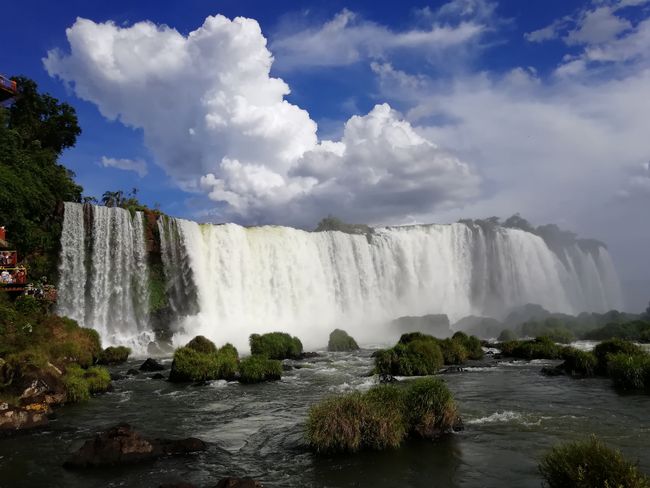
Bidaien txostenak Brasil

